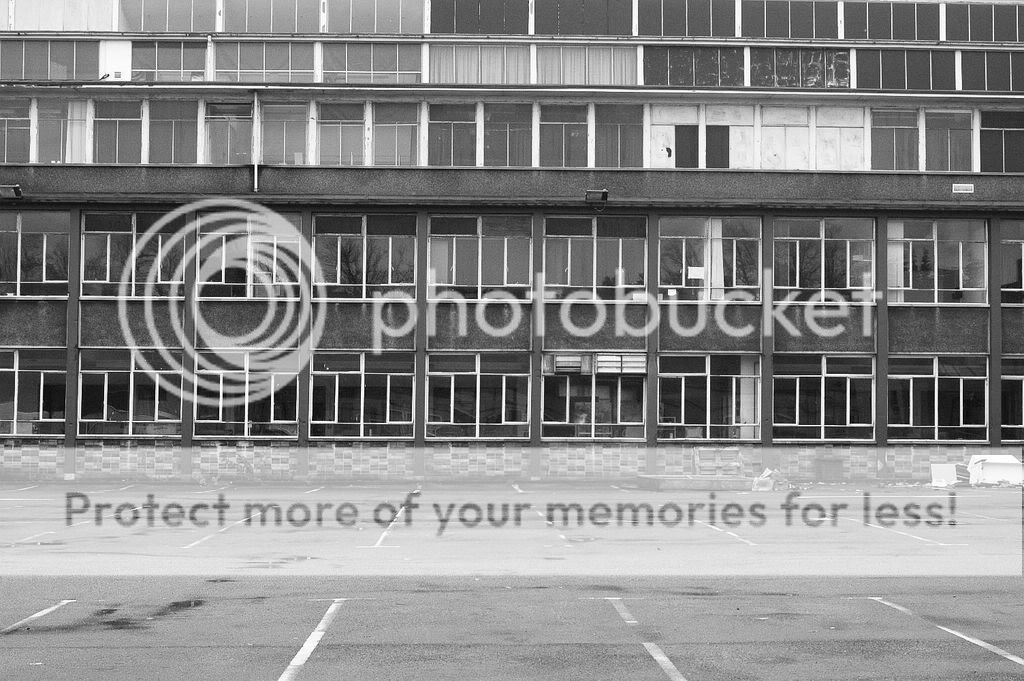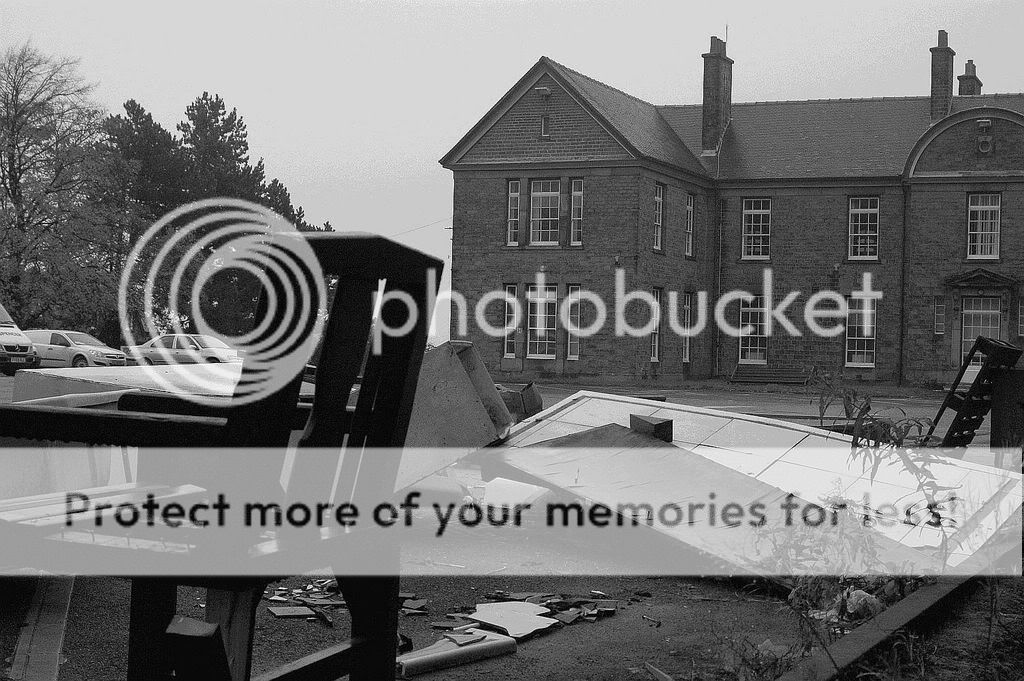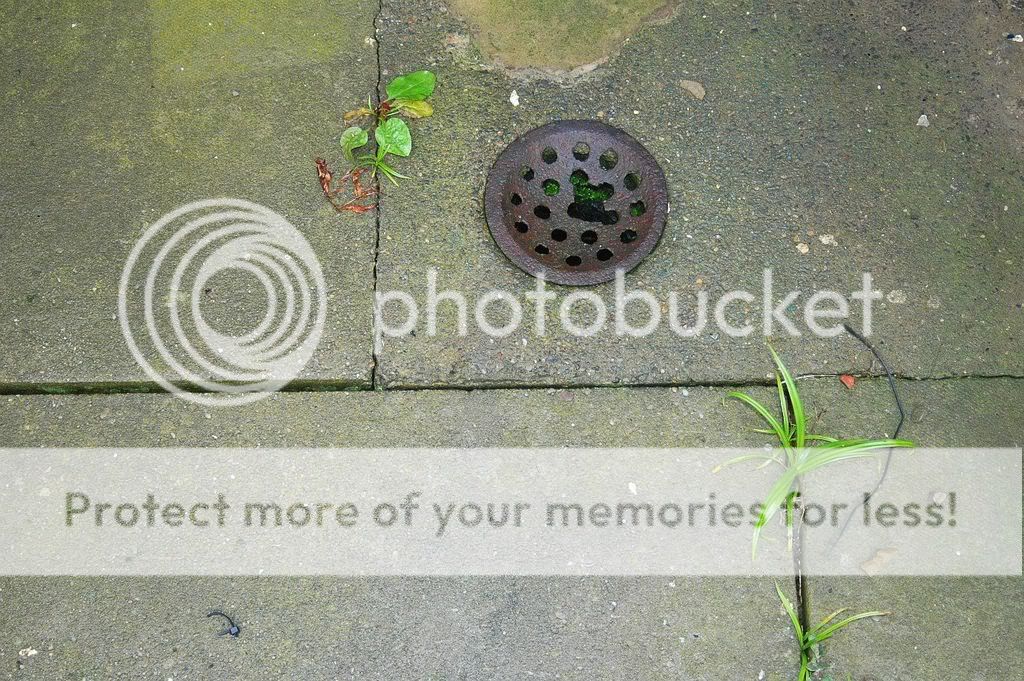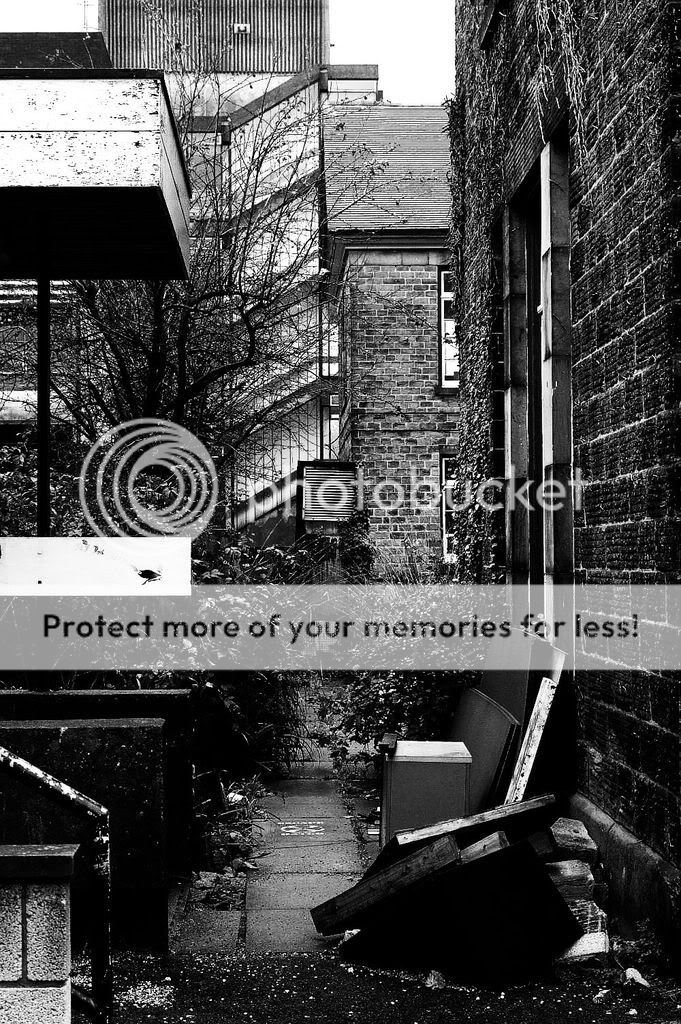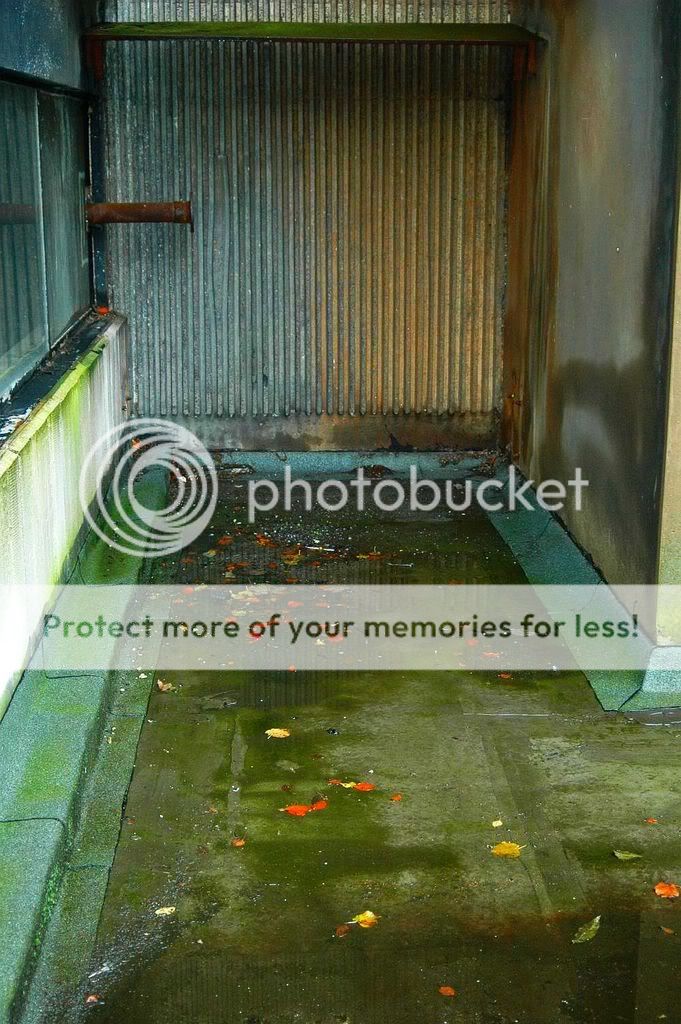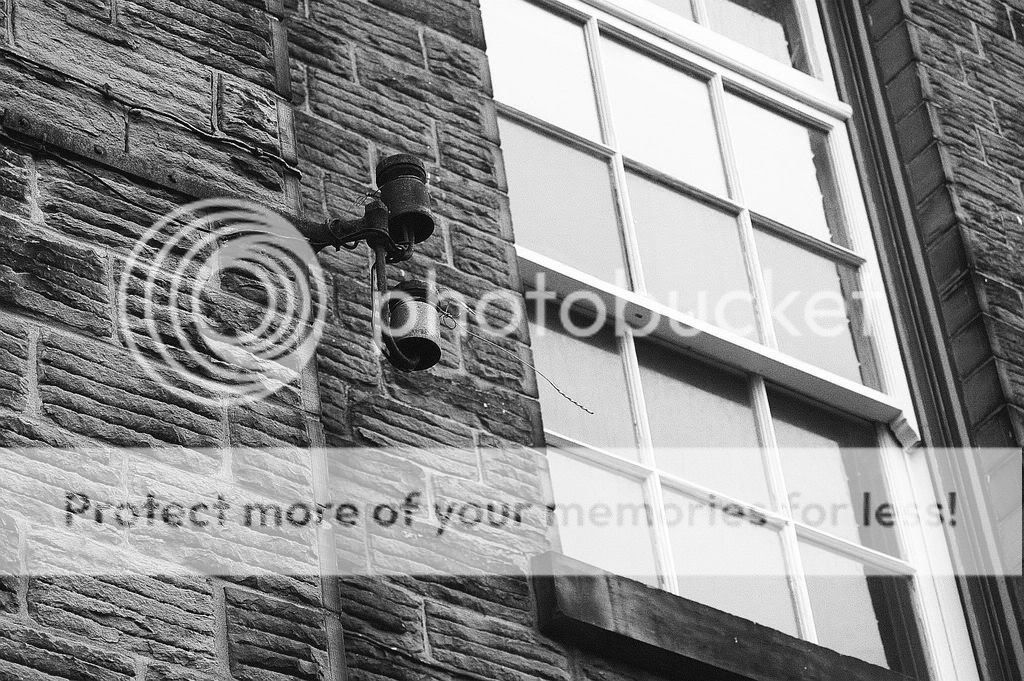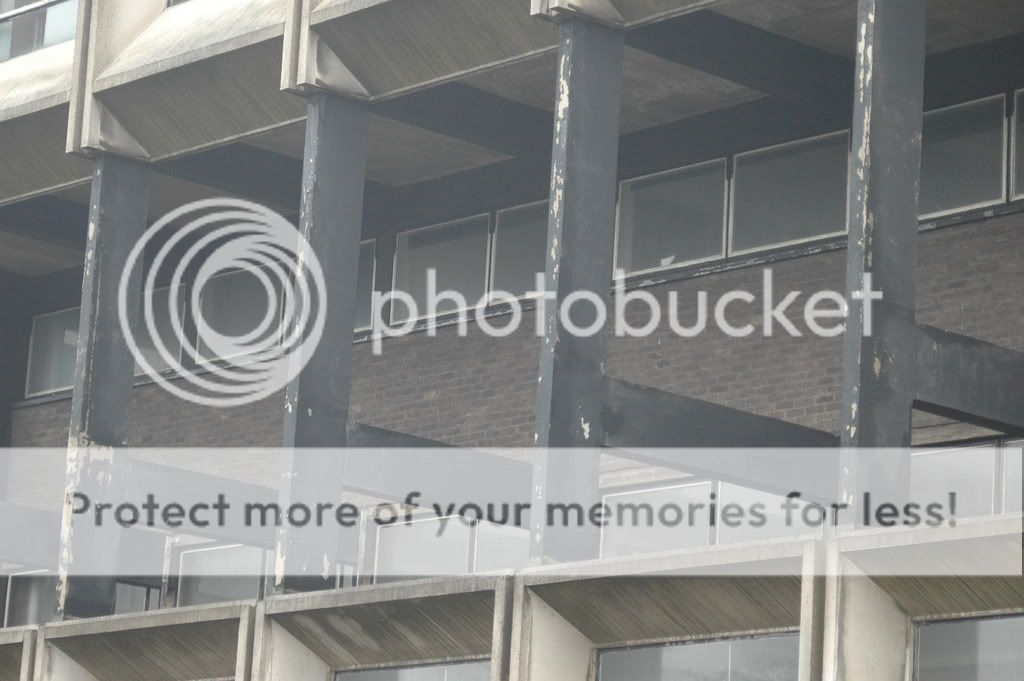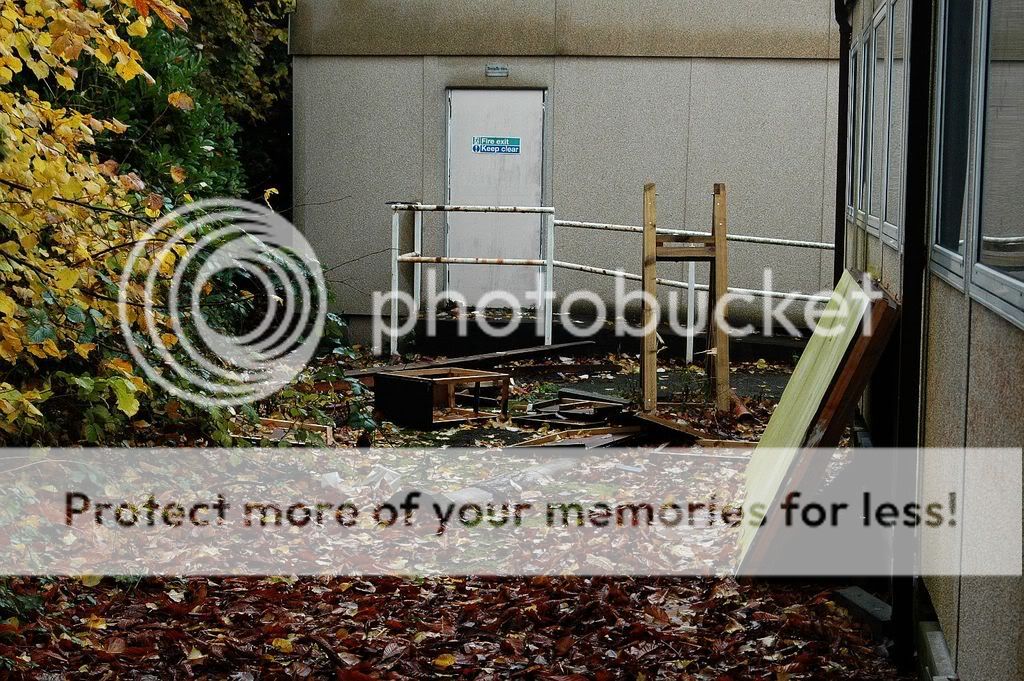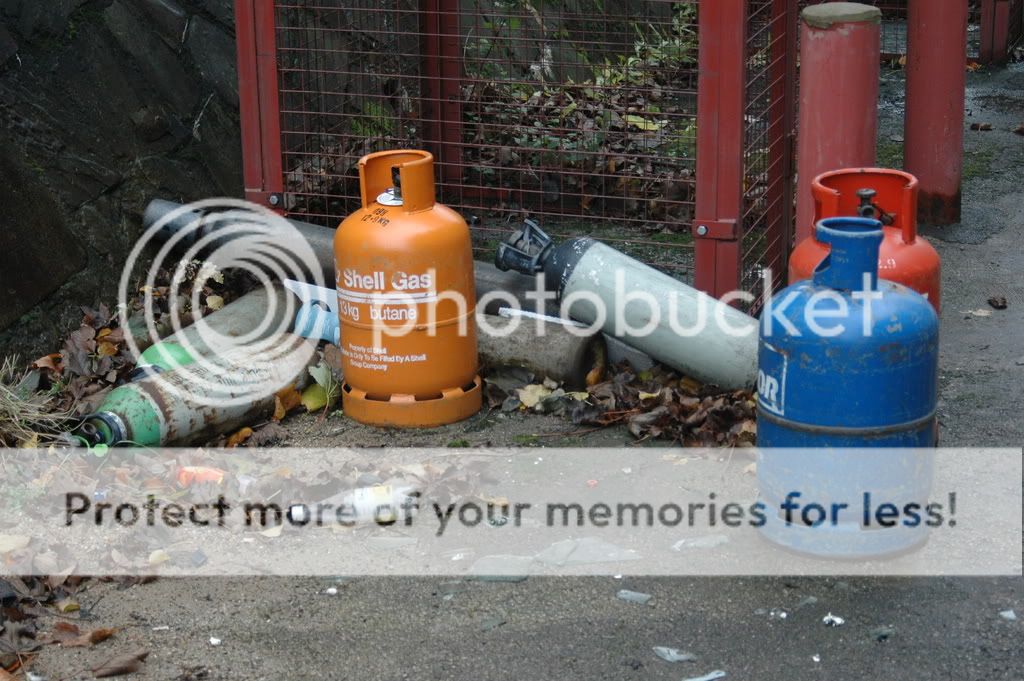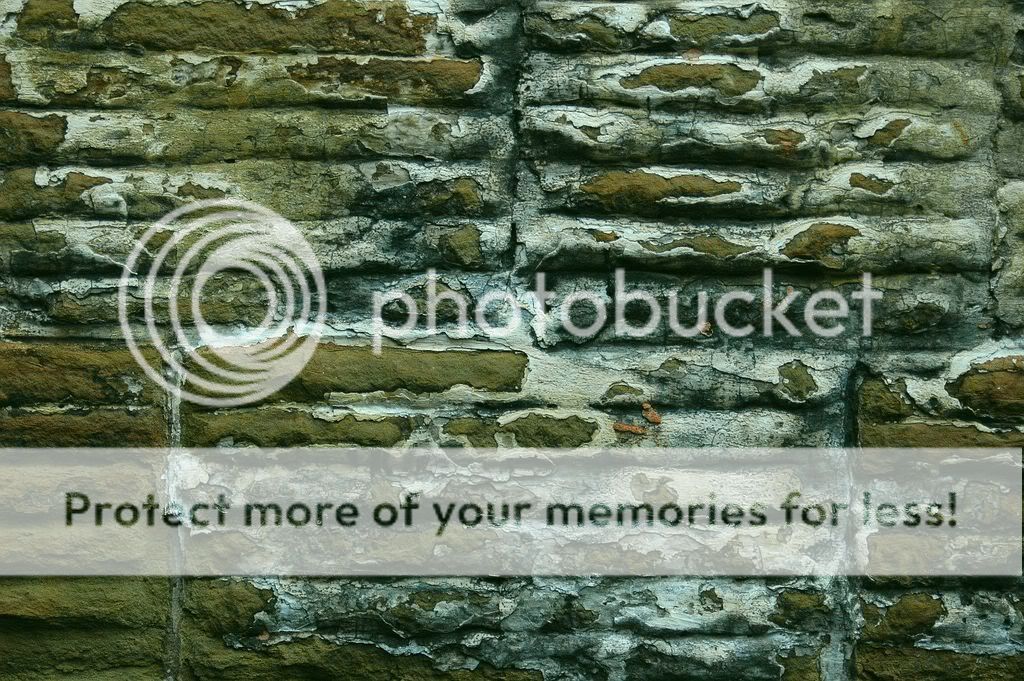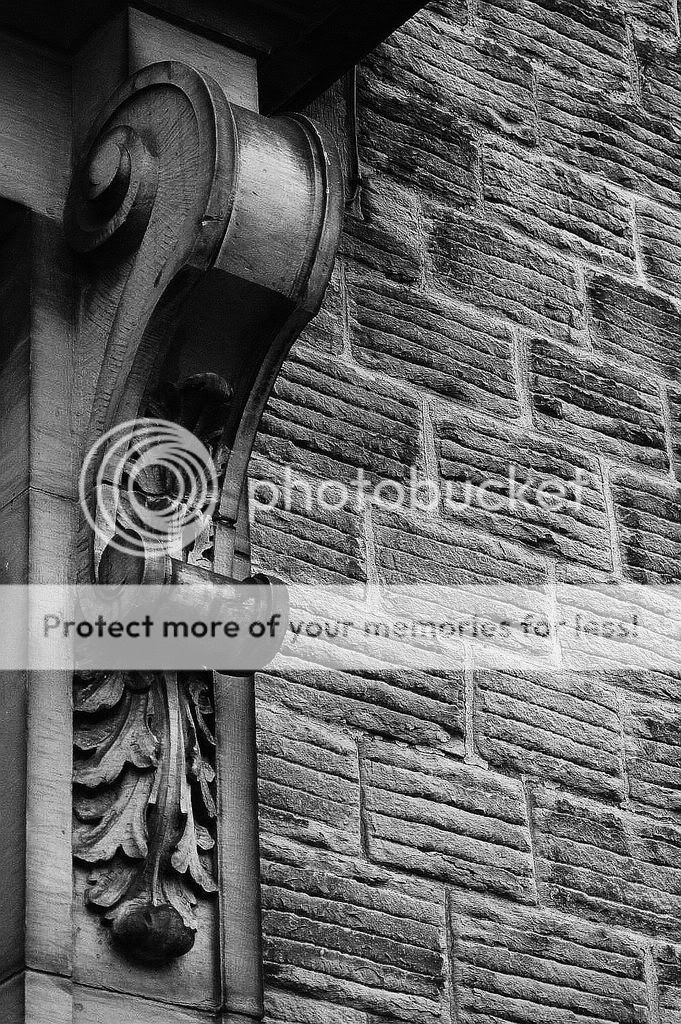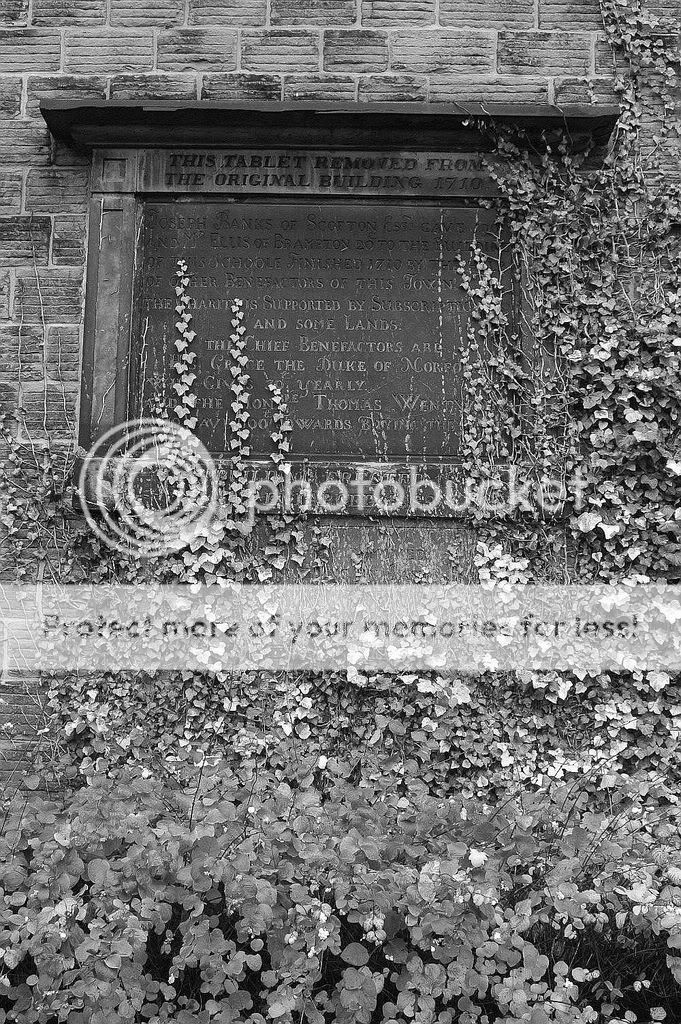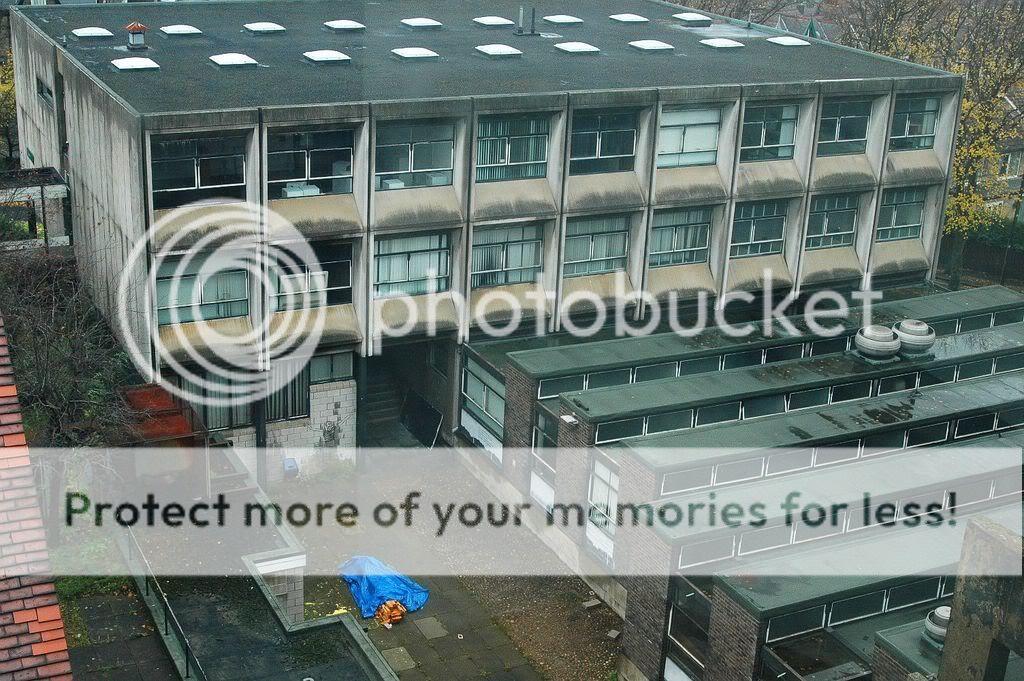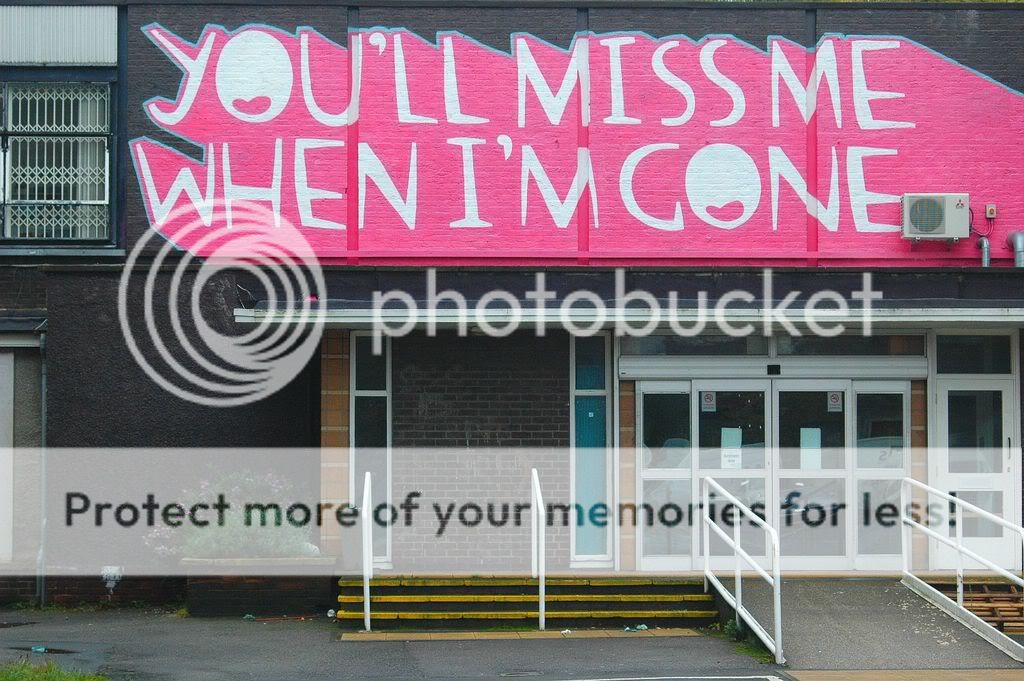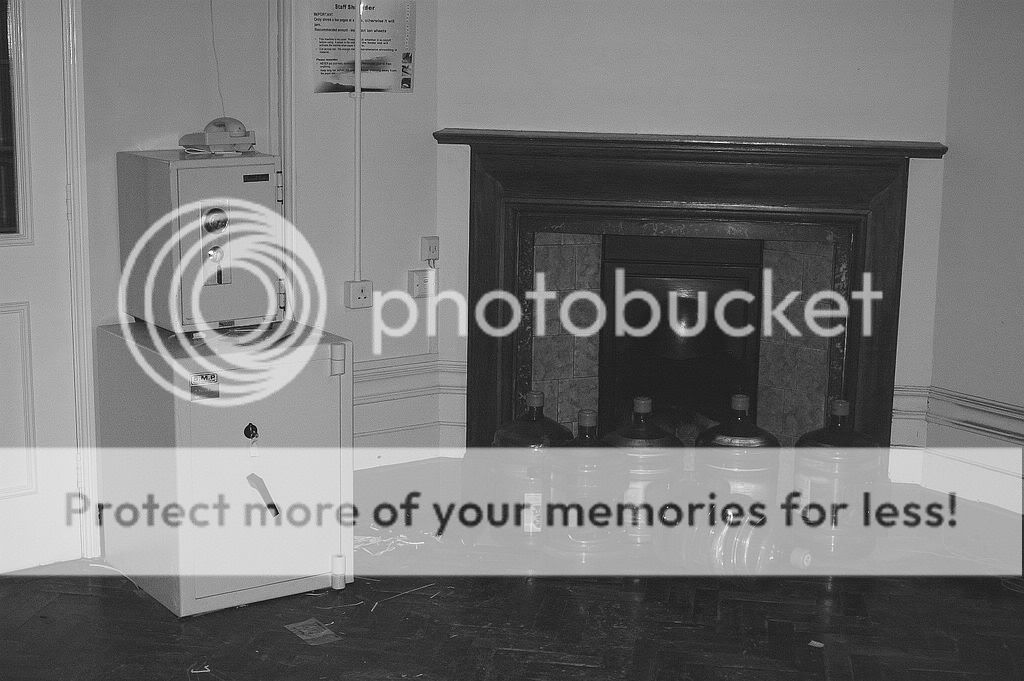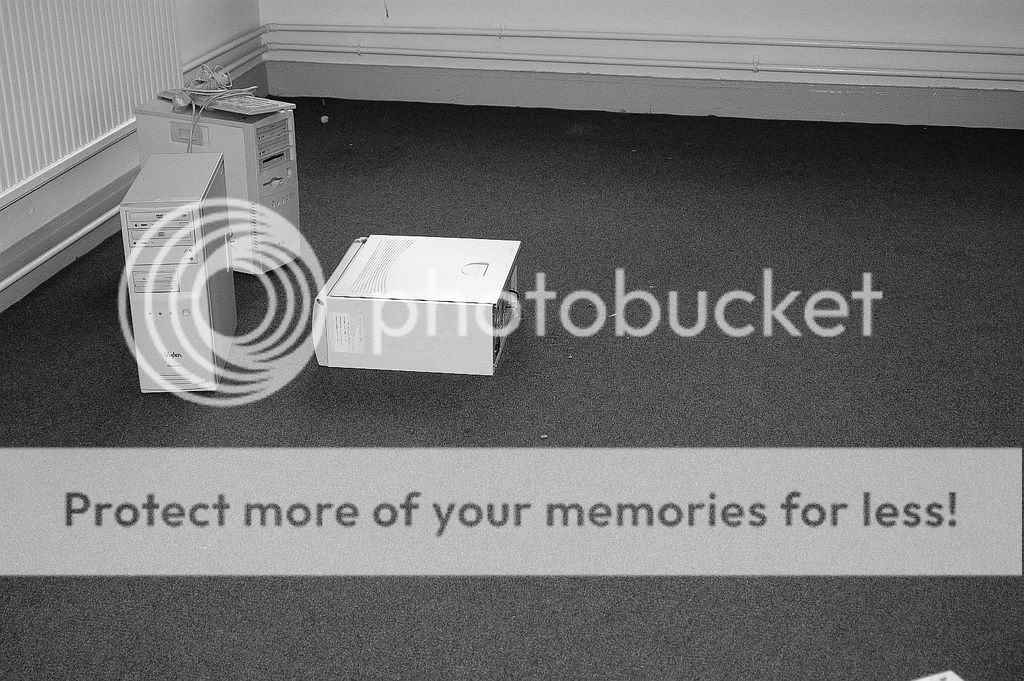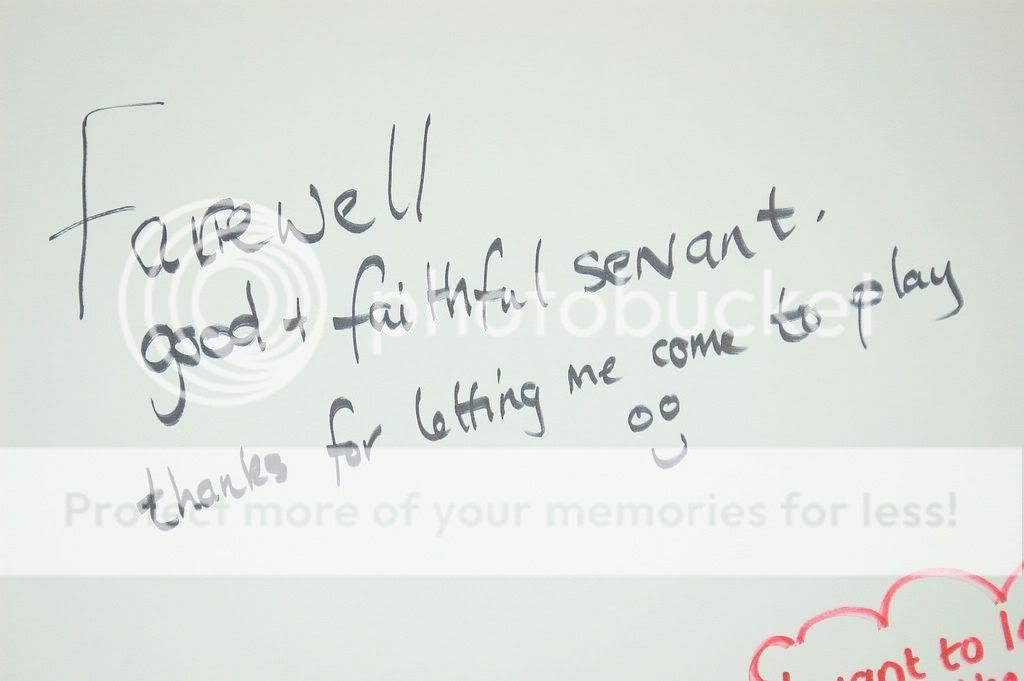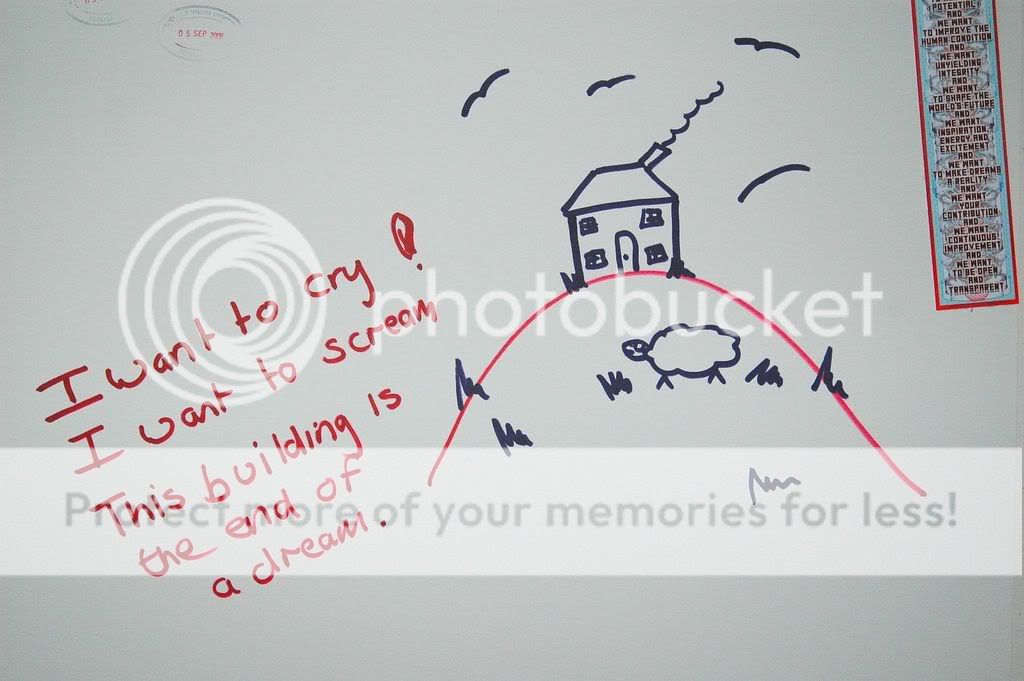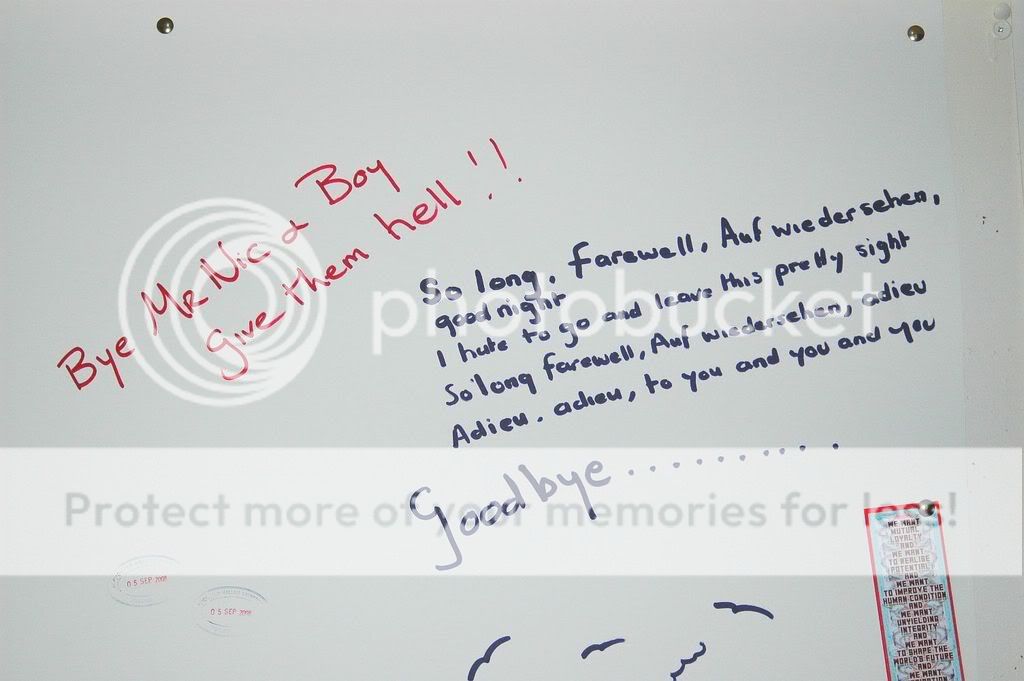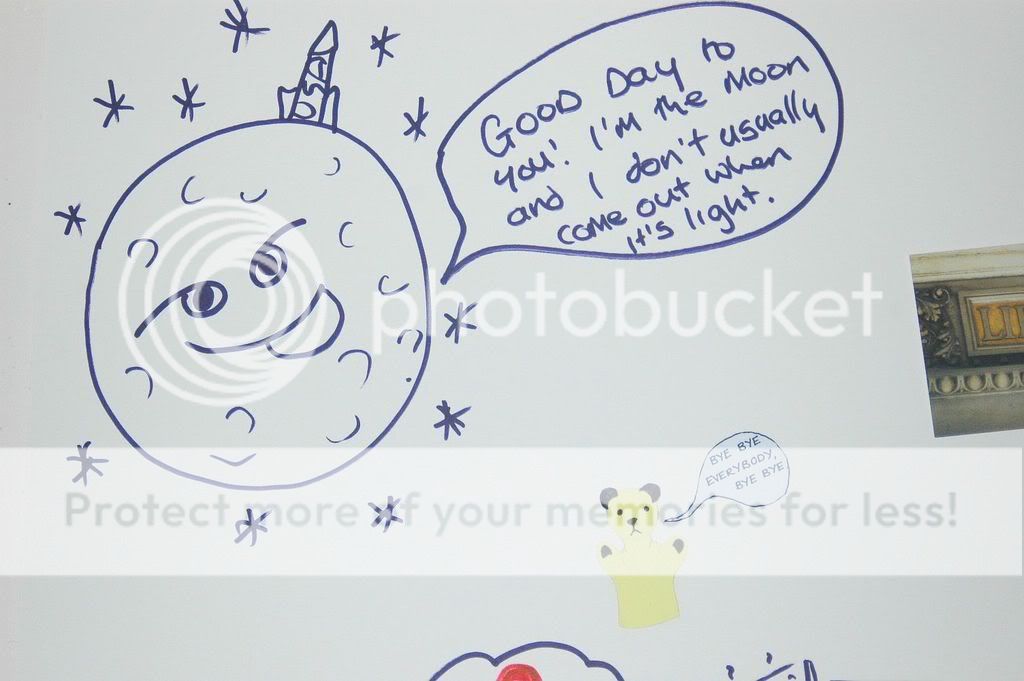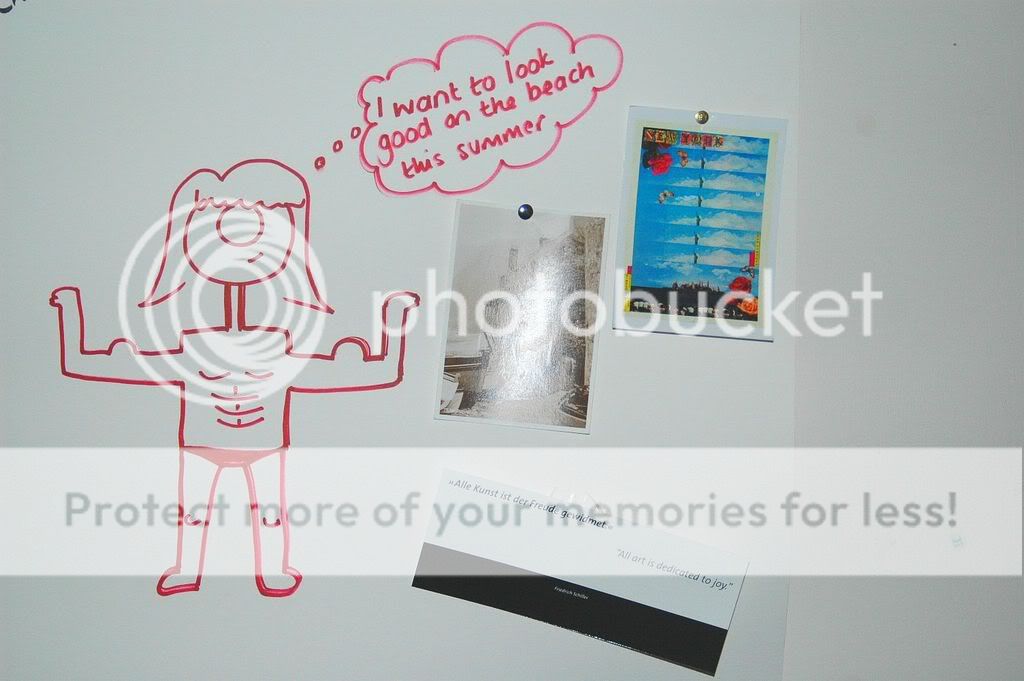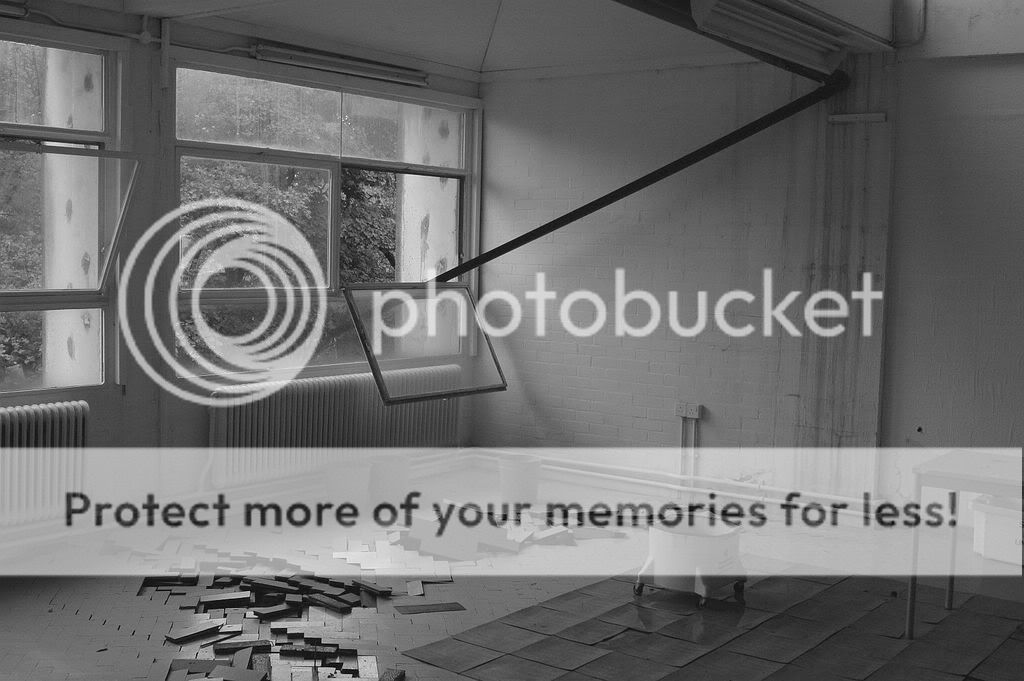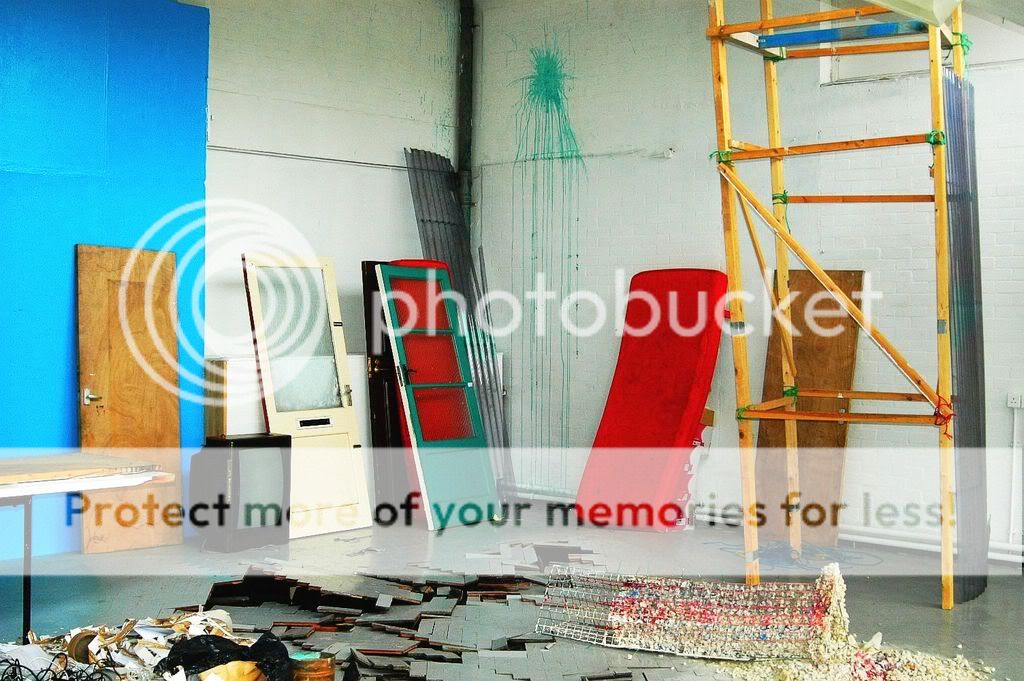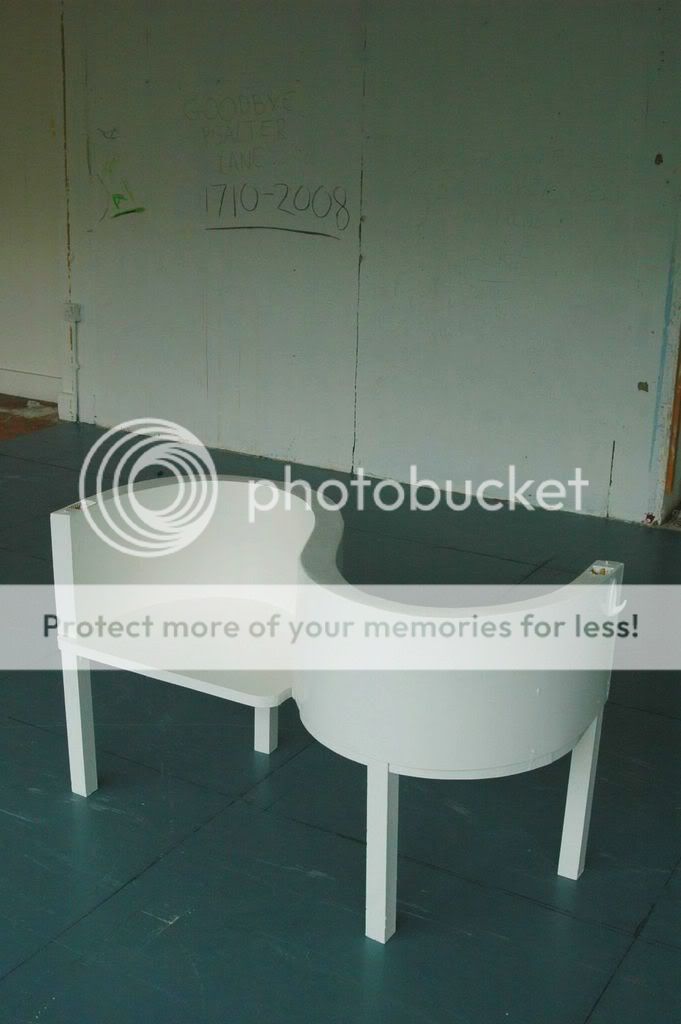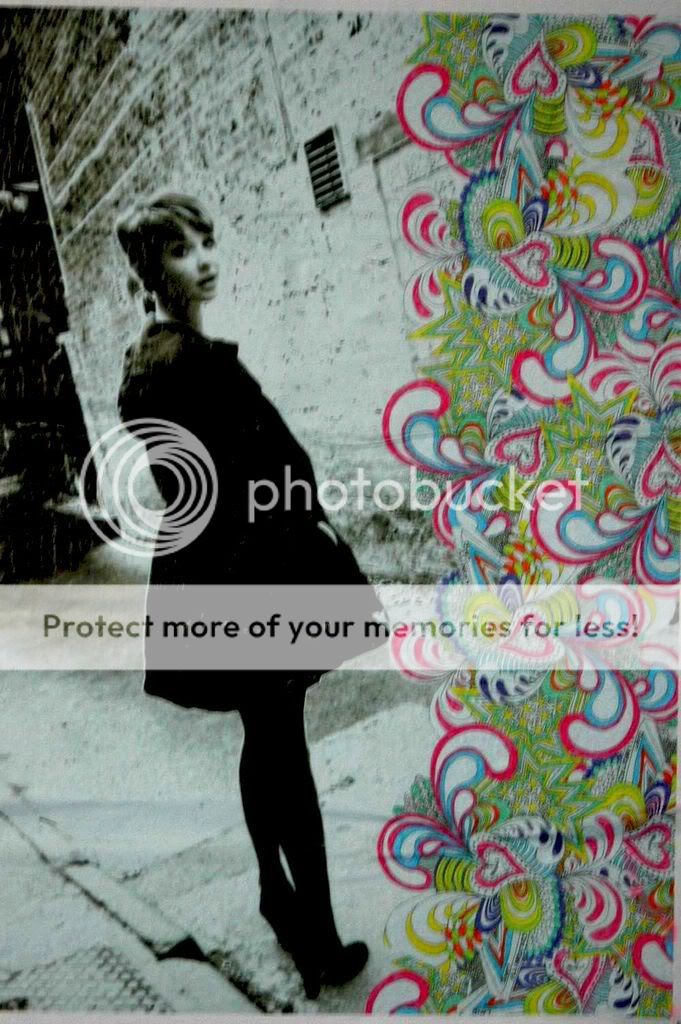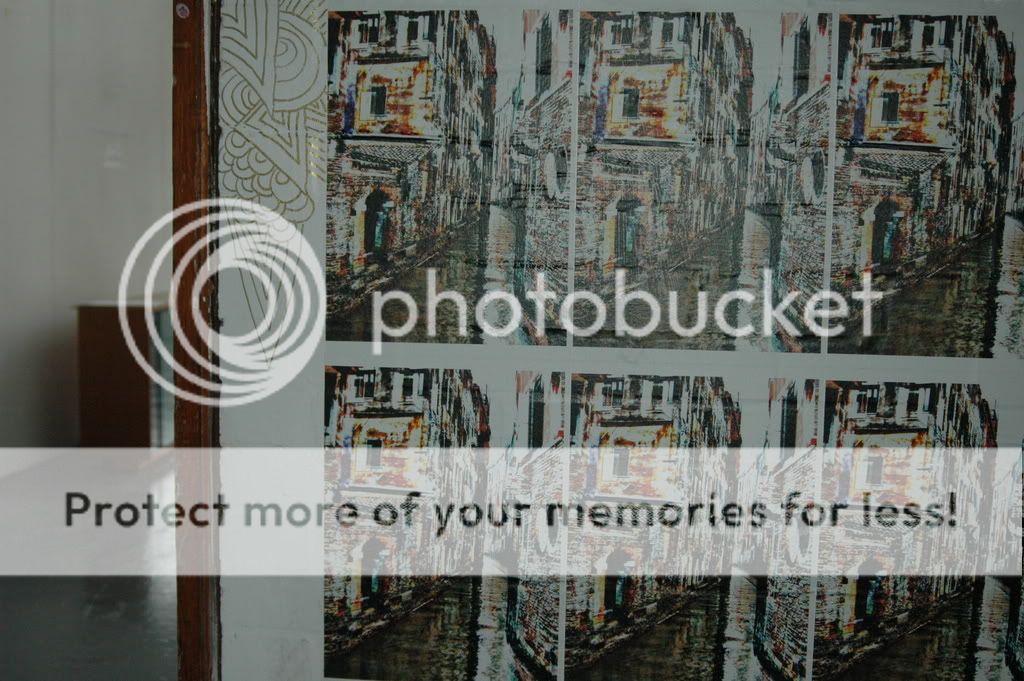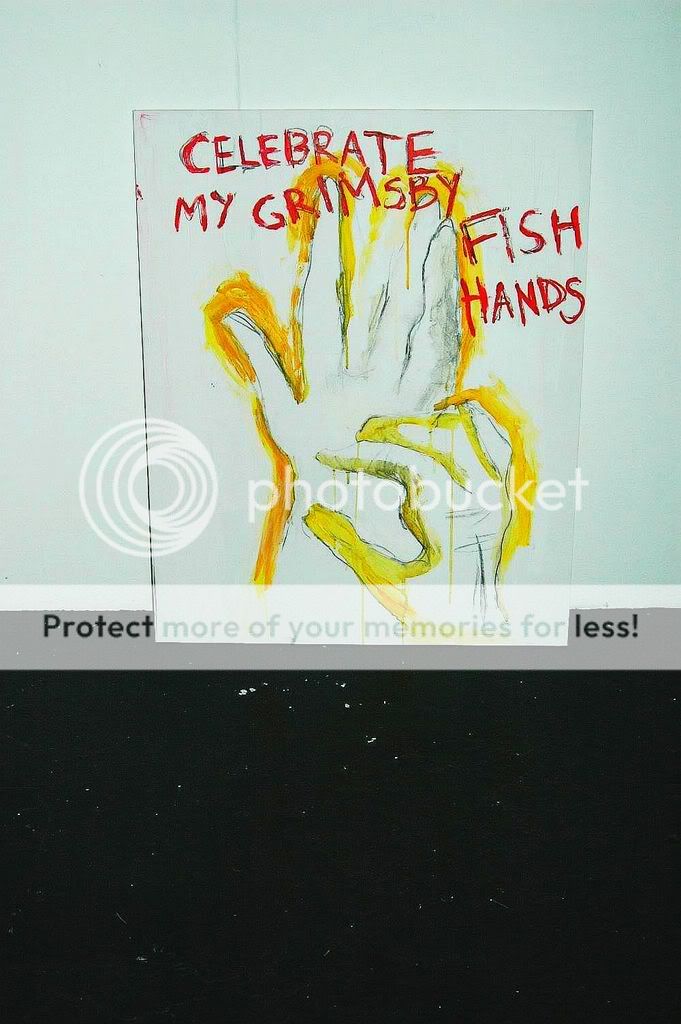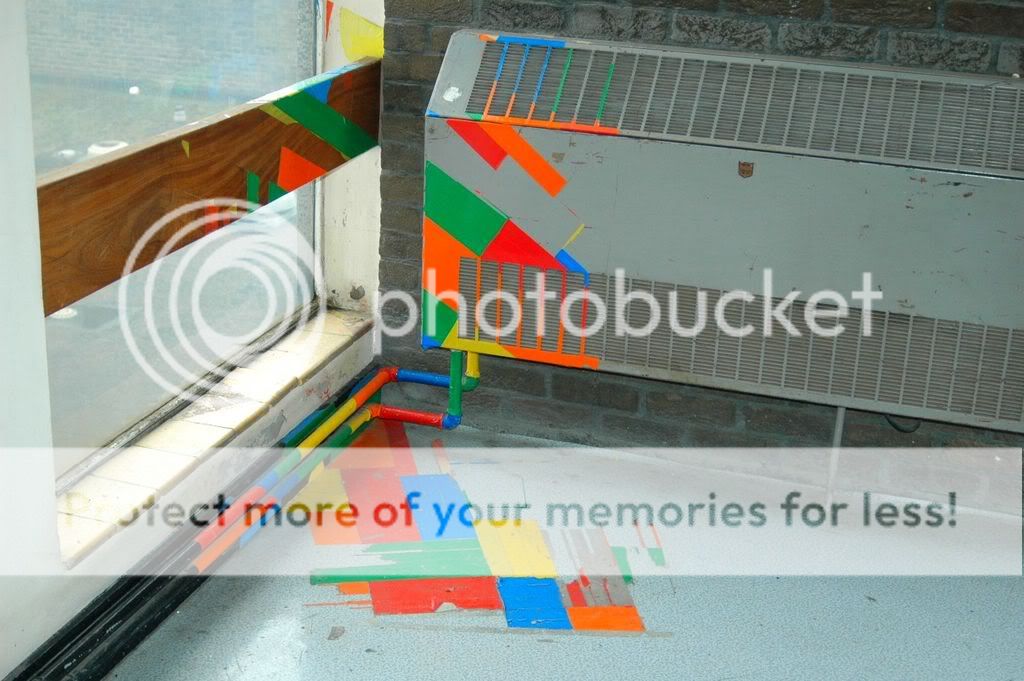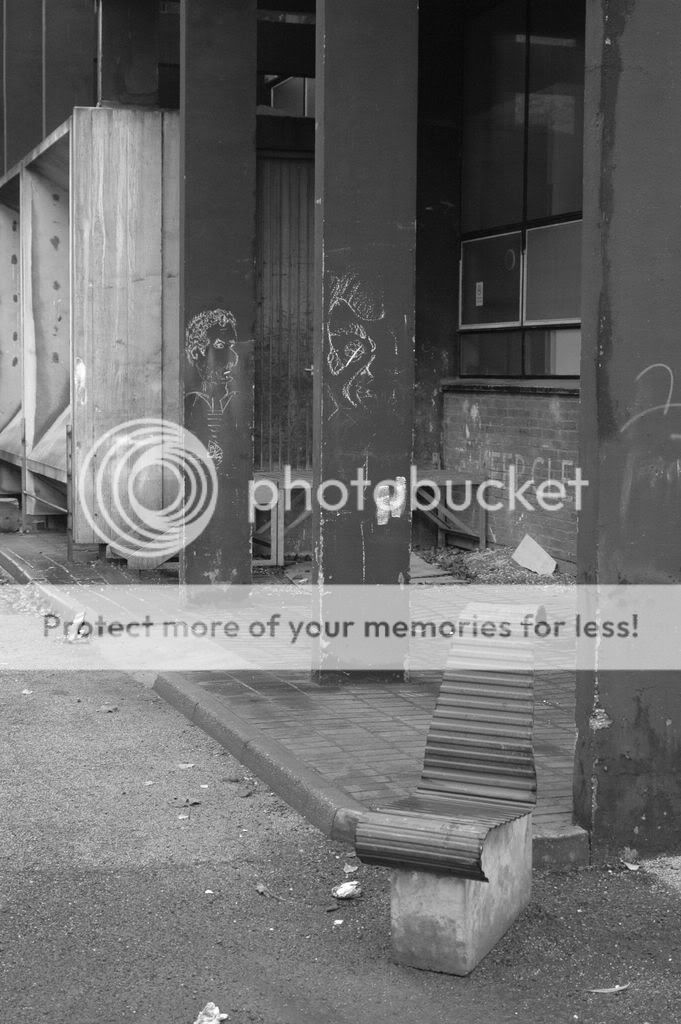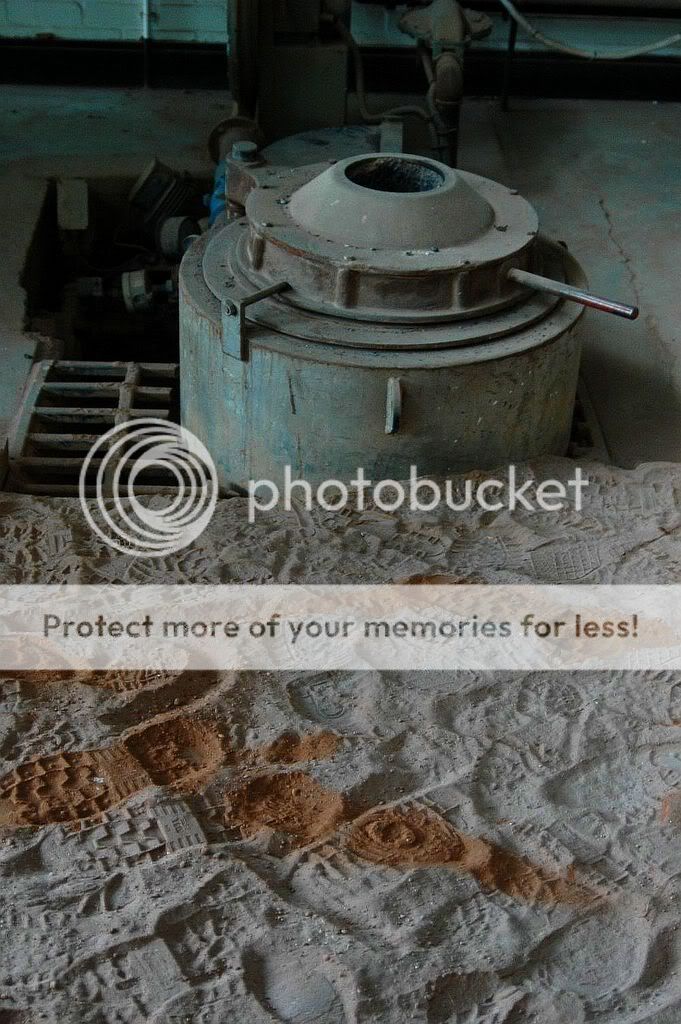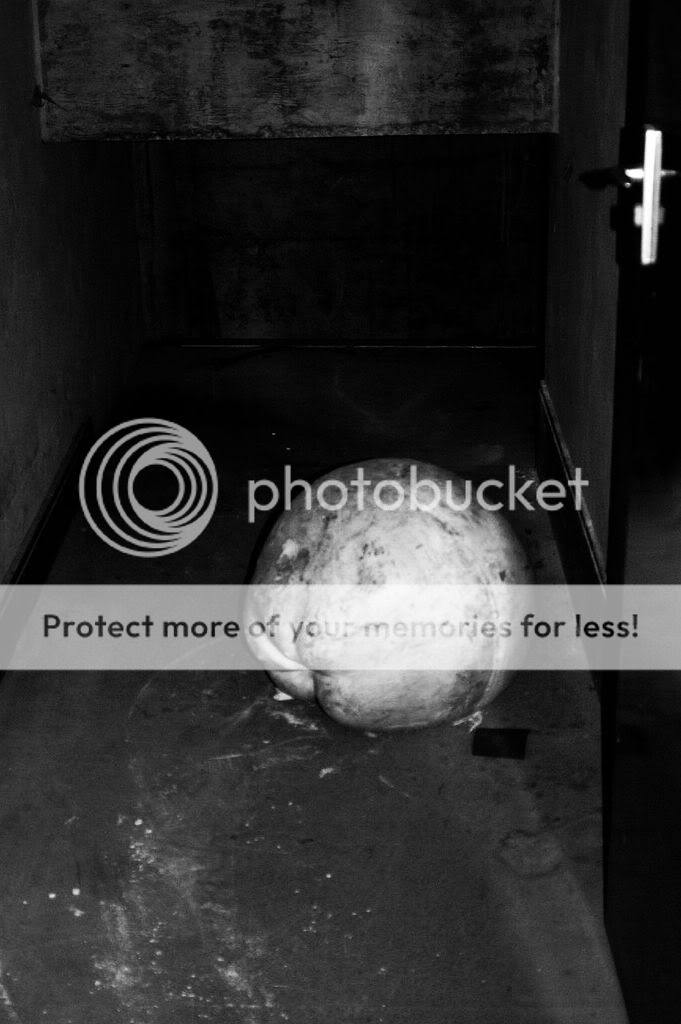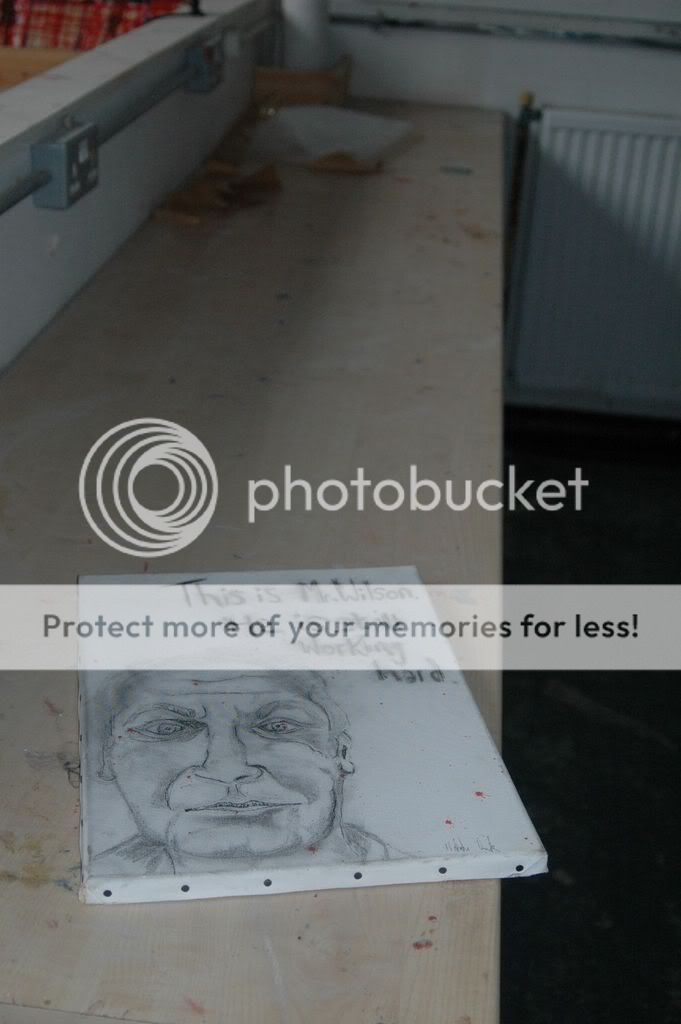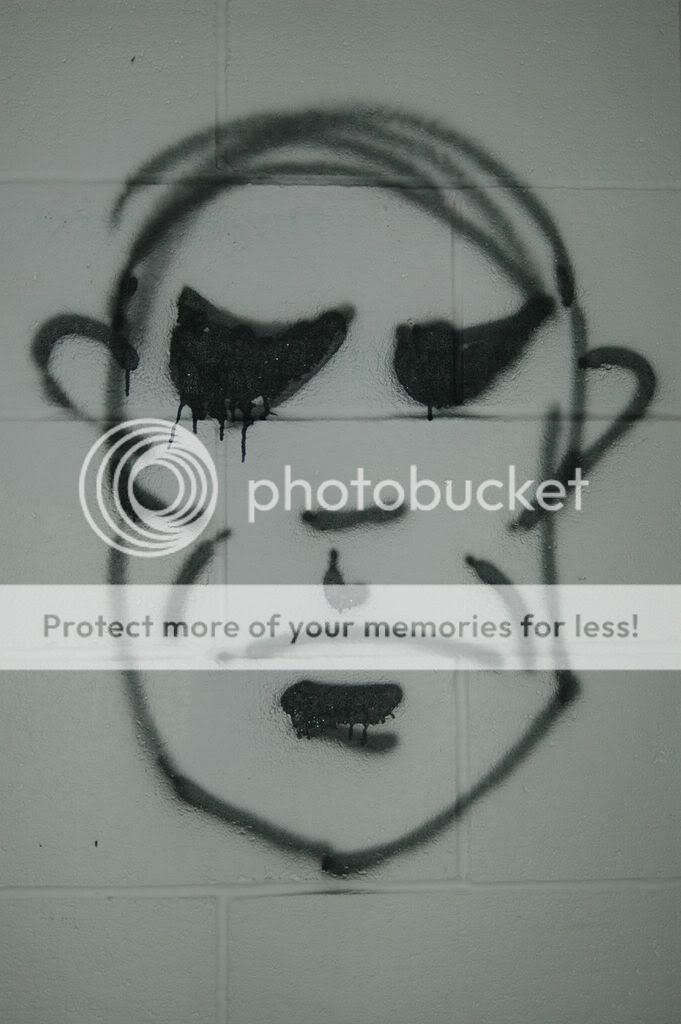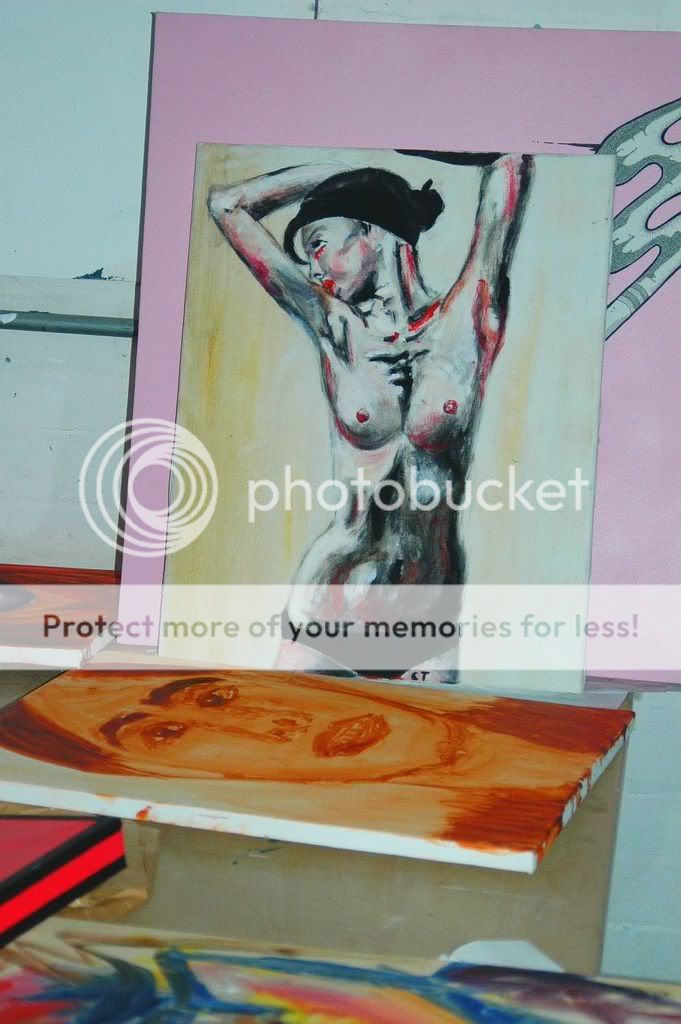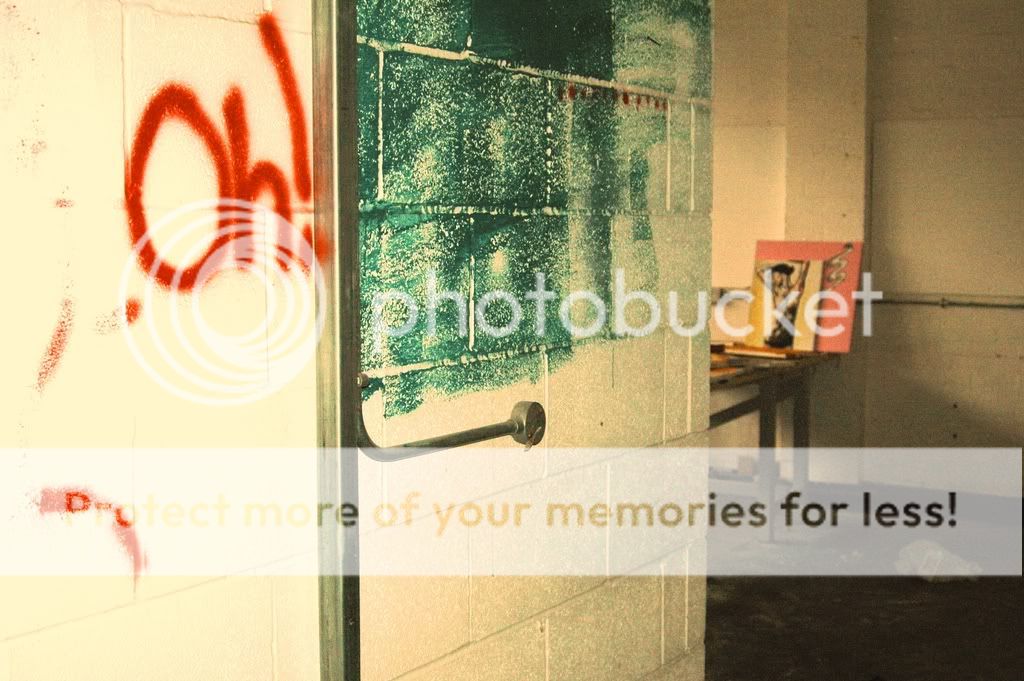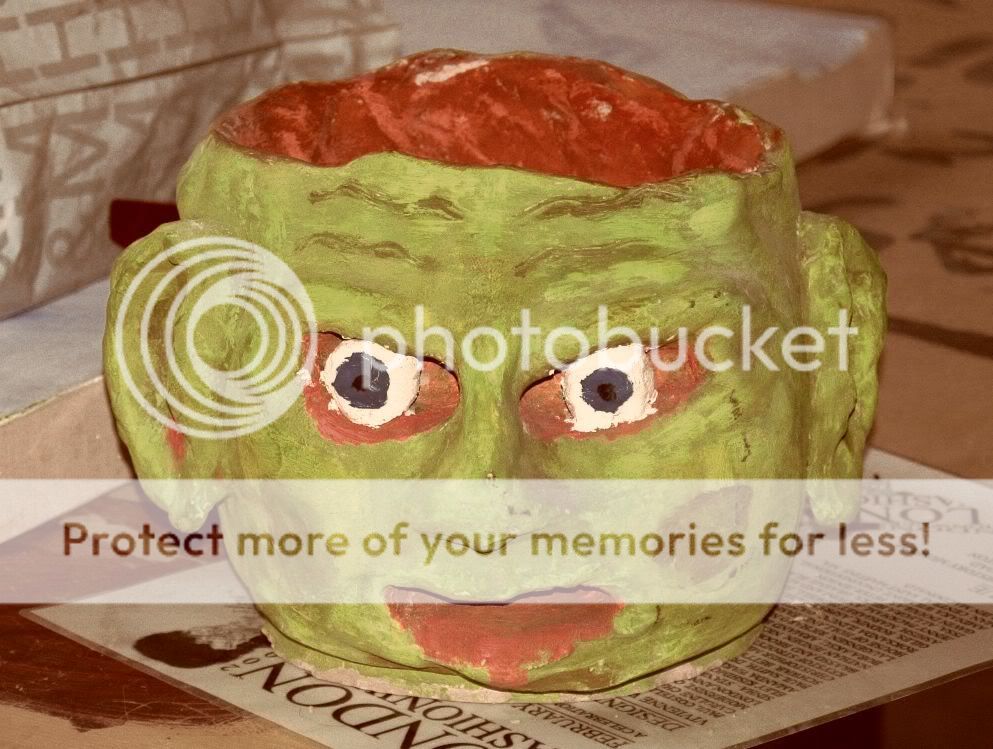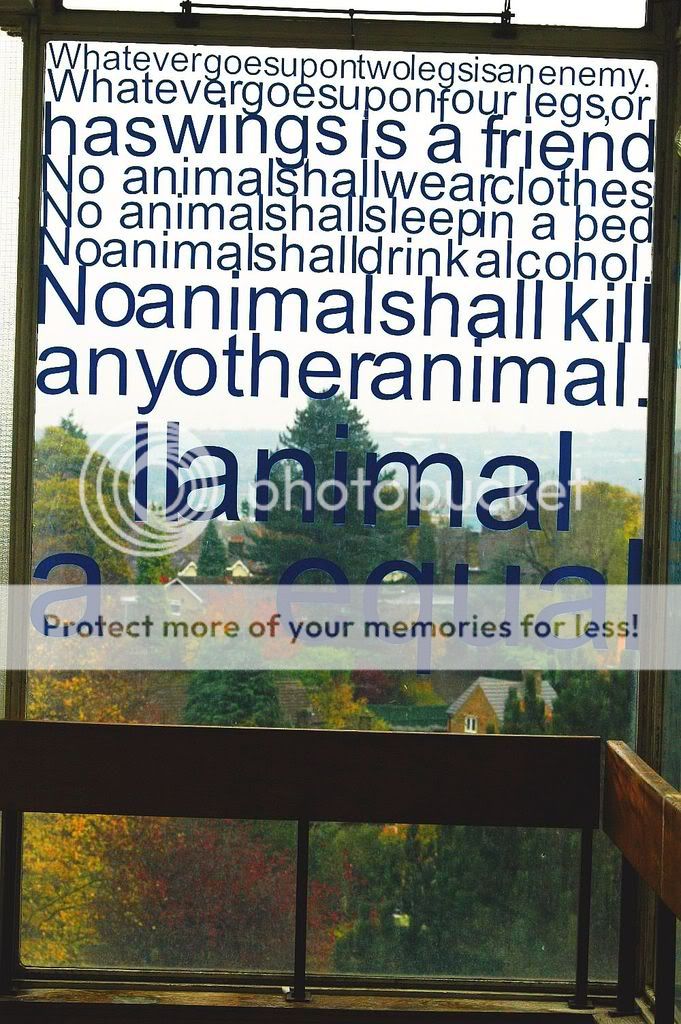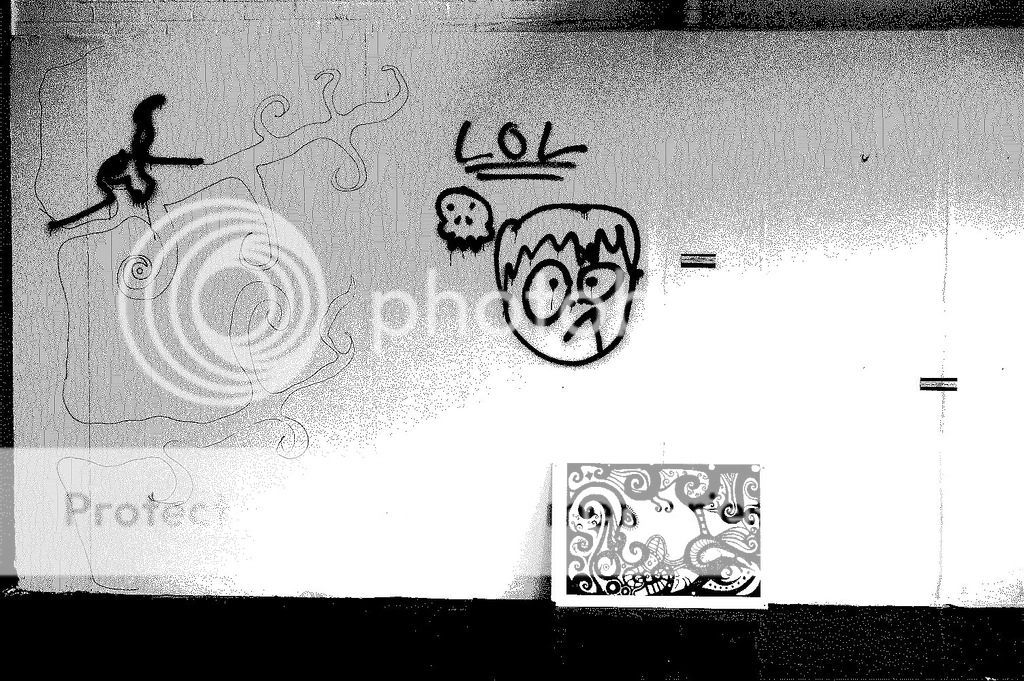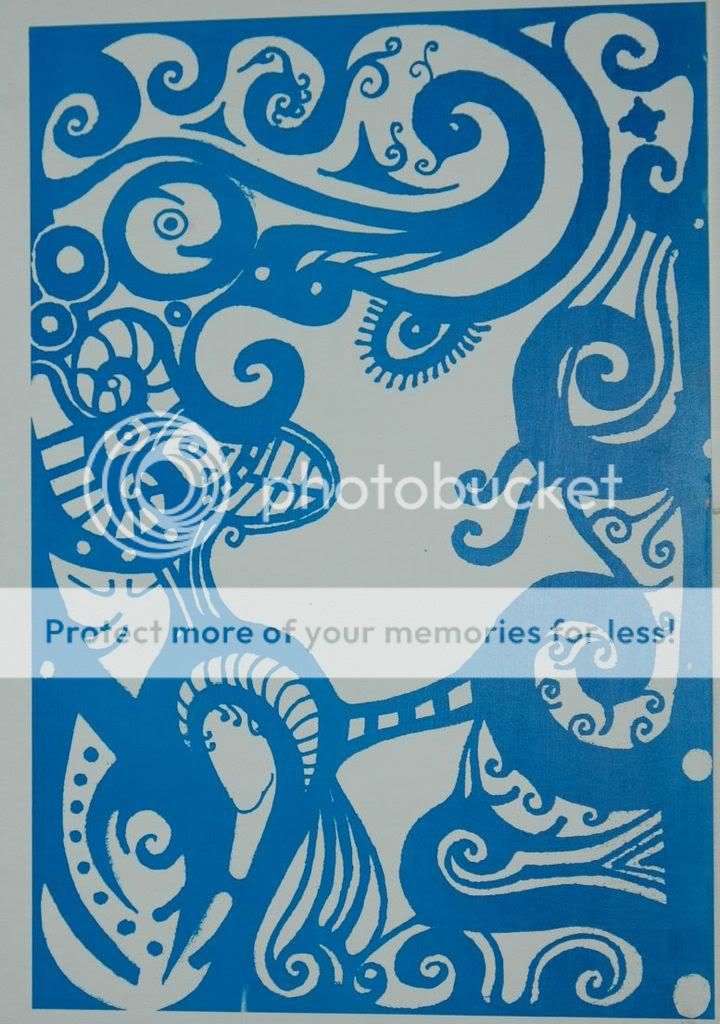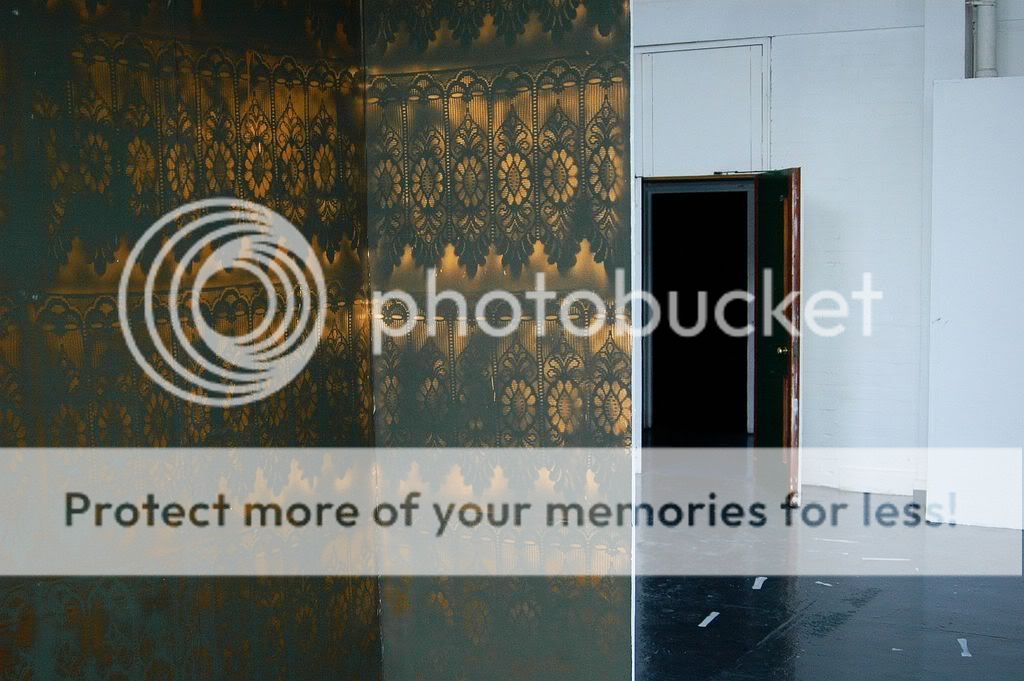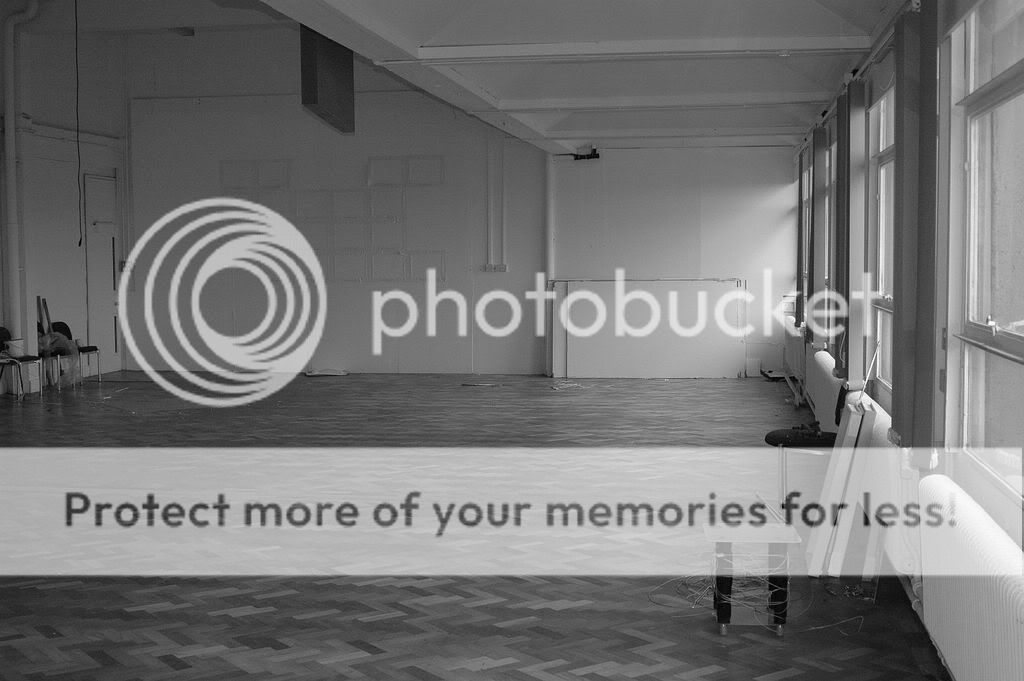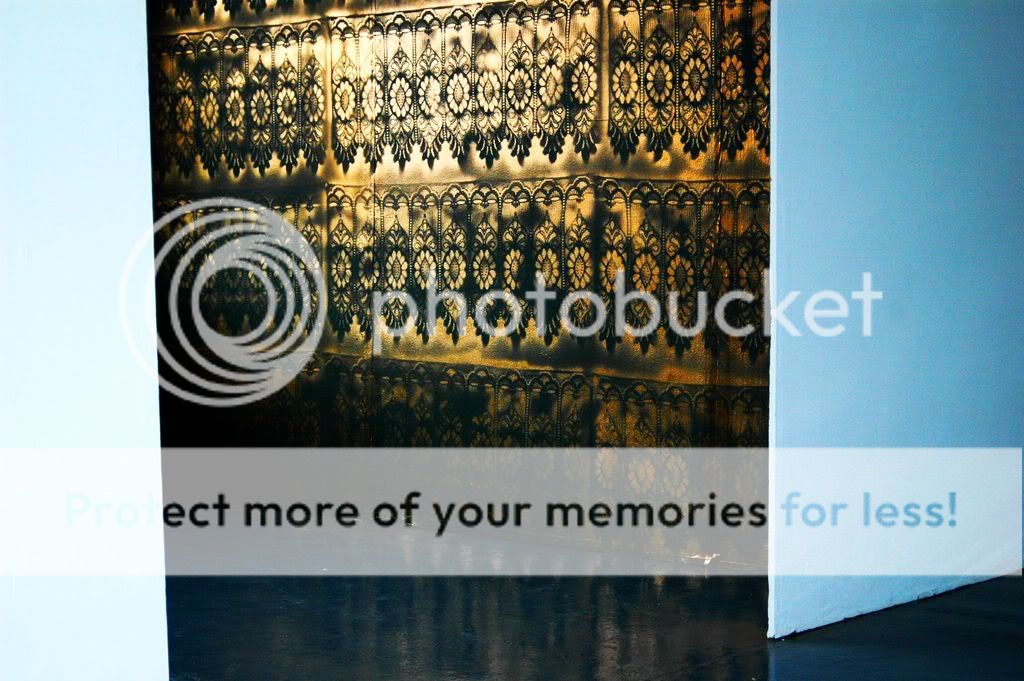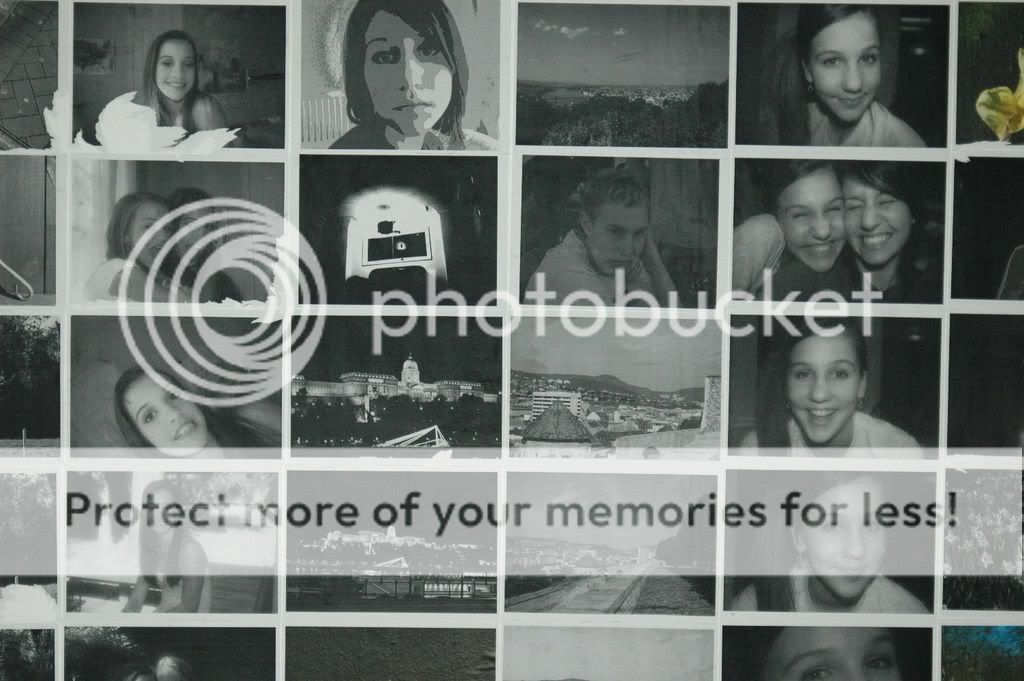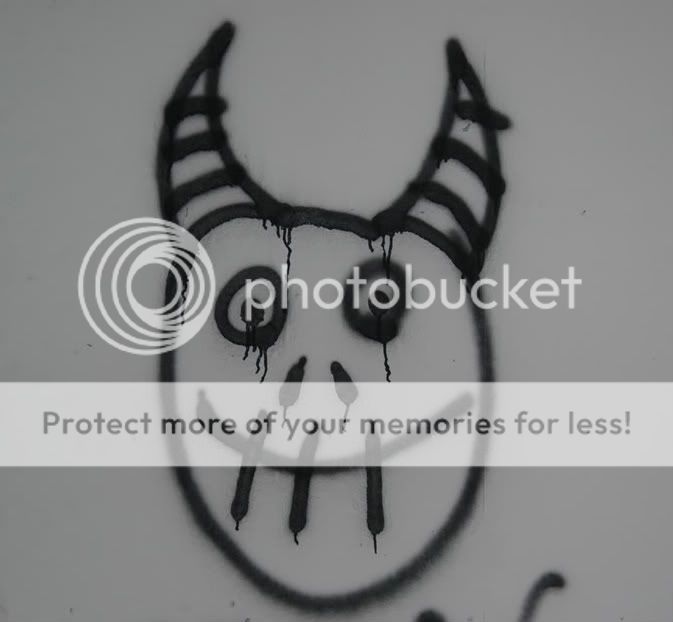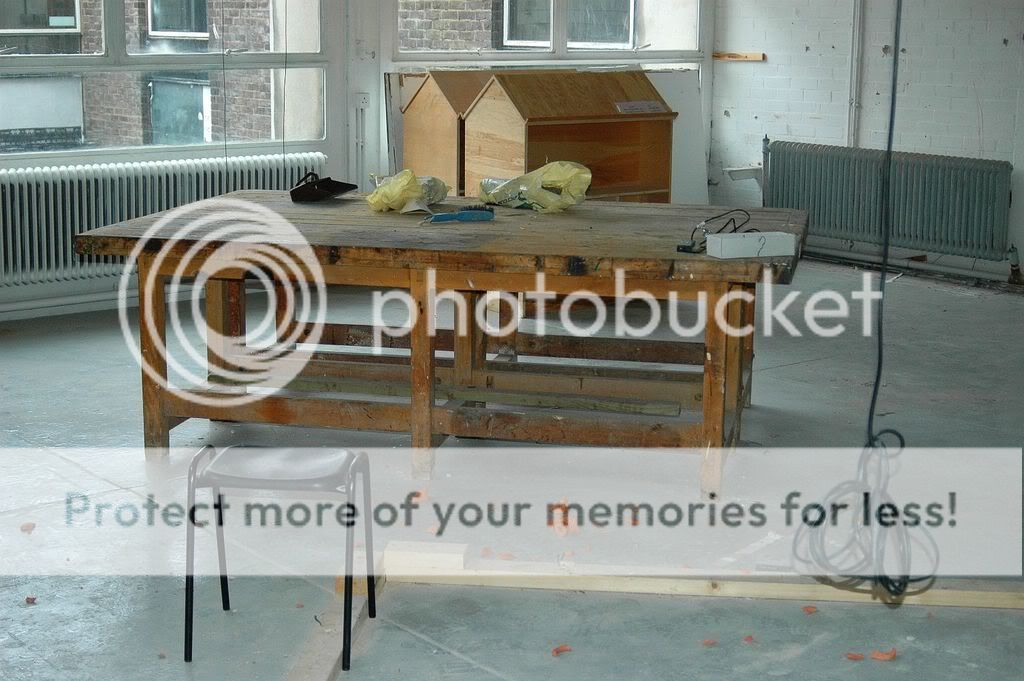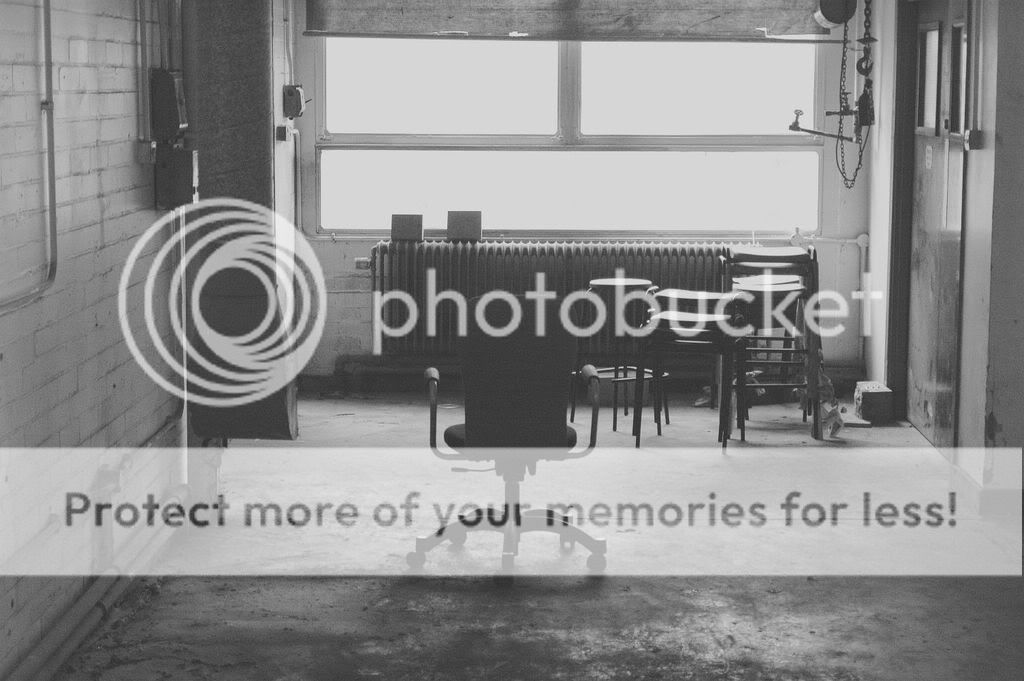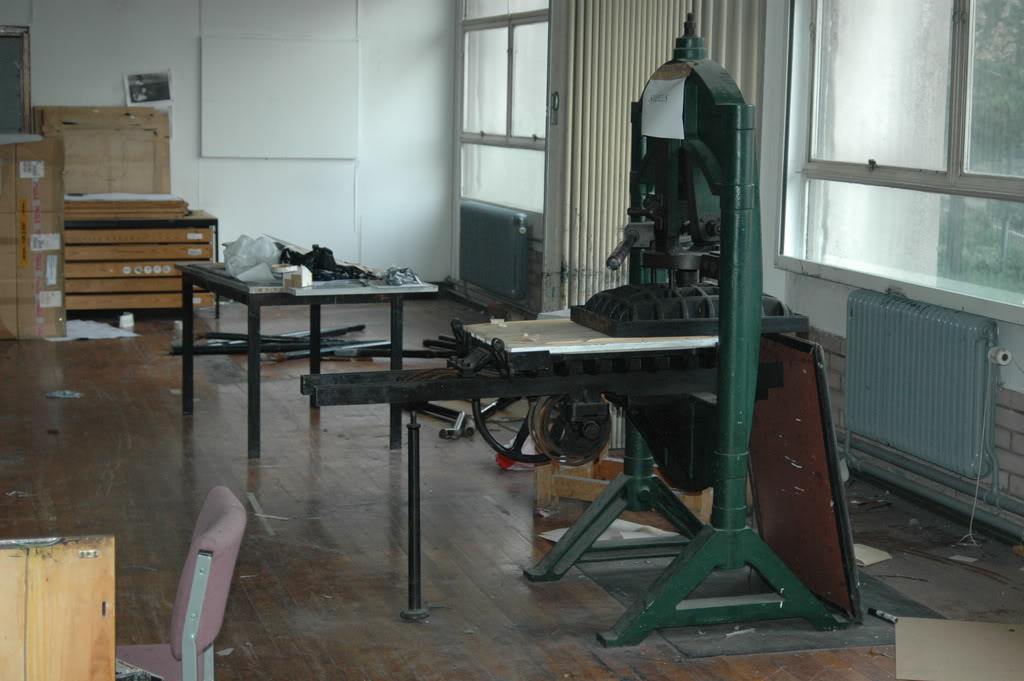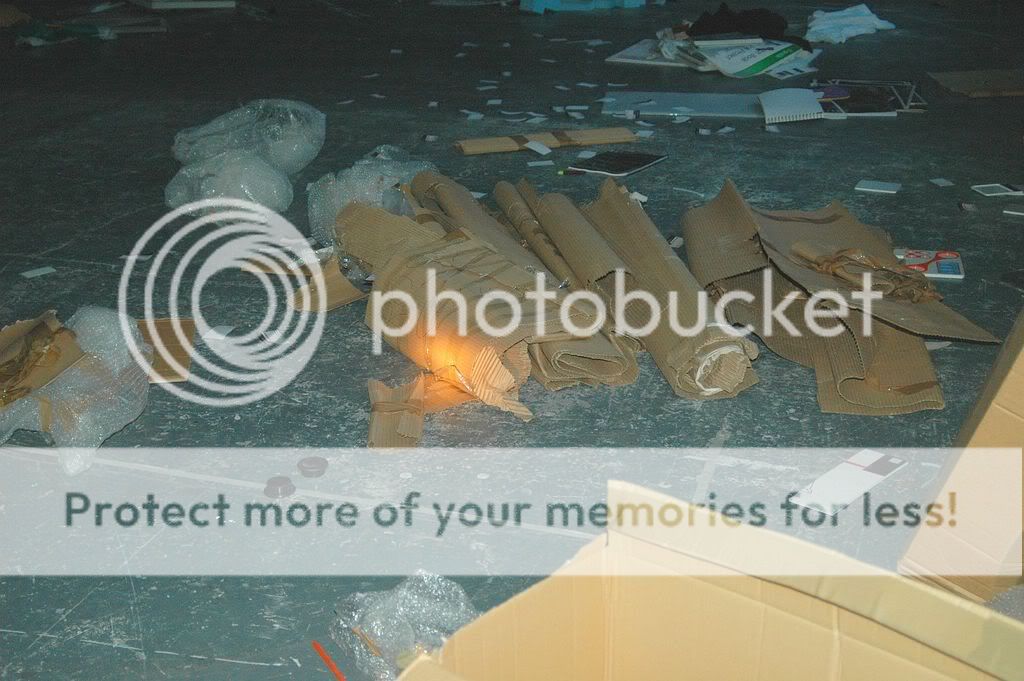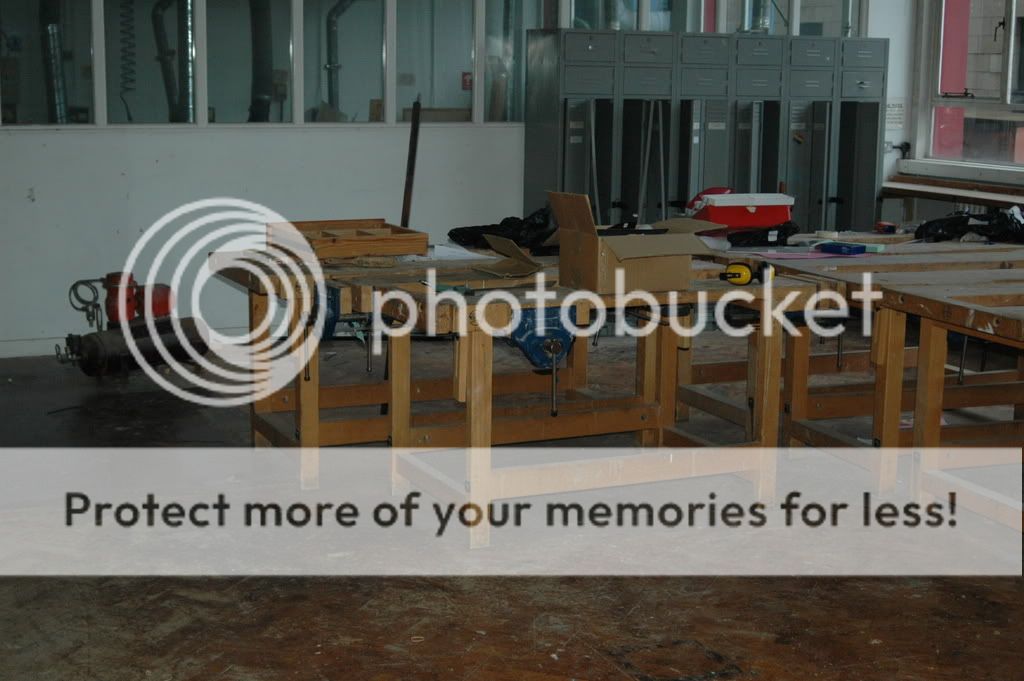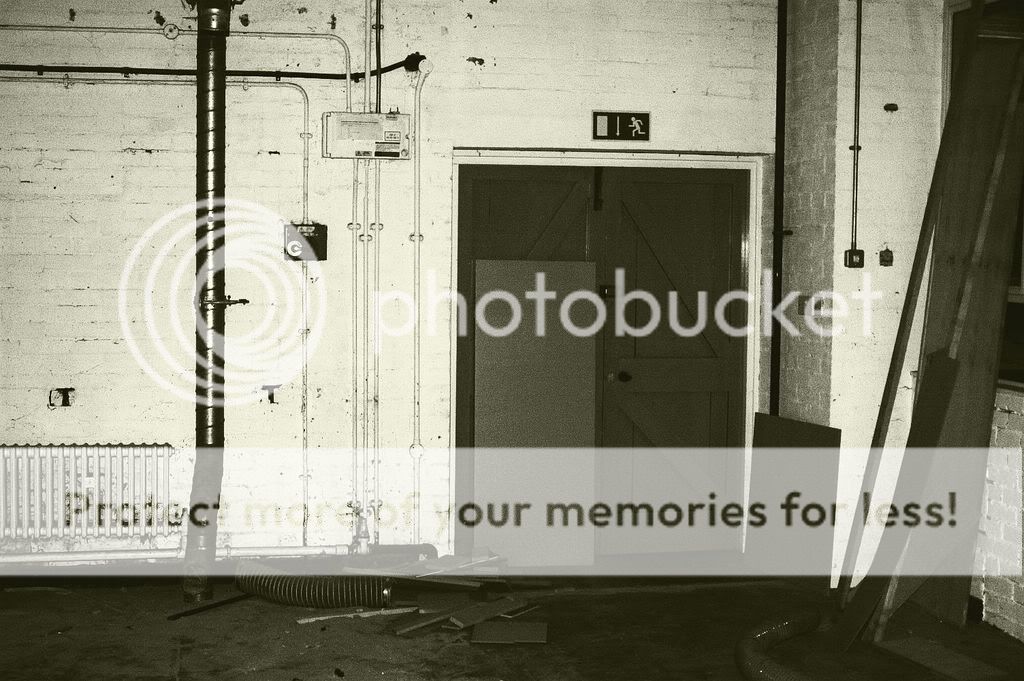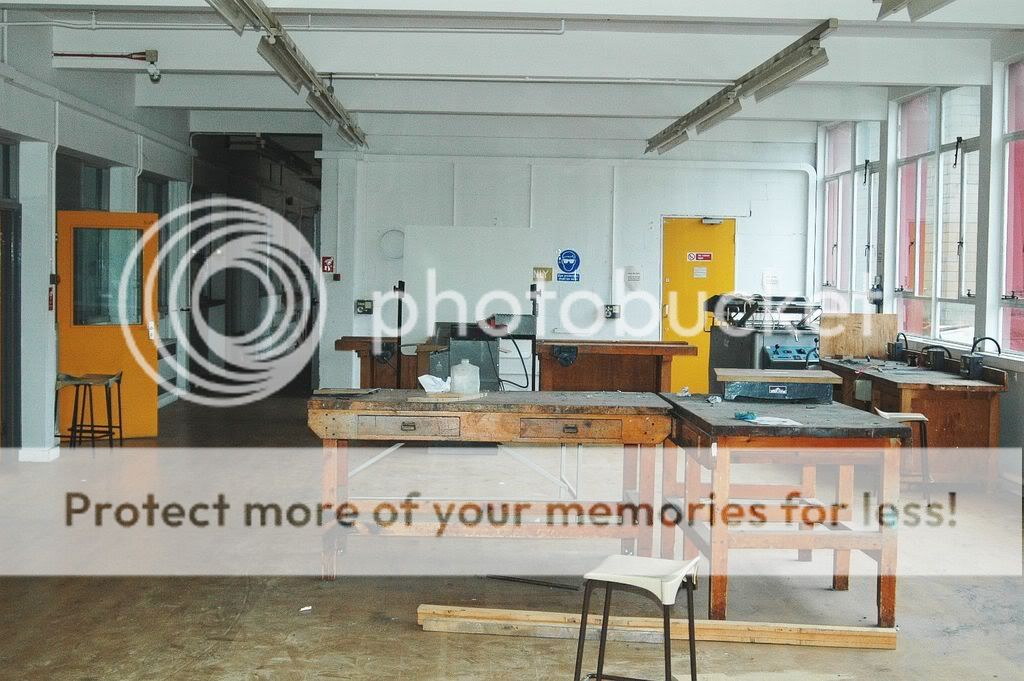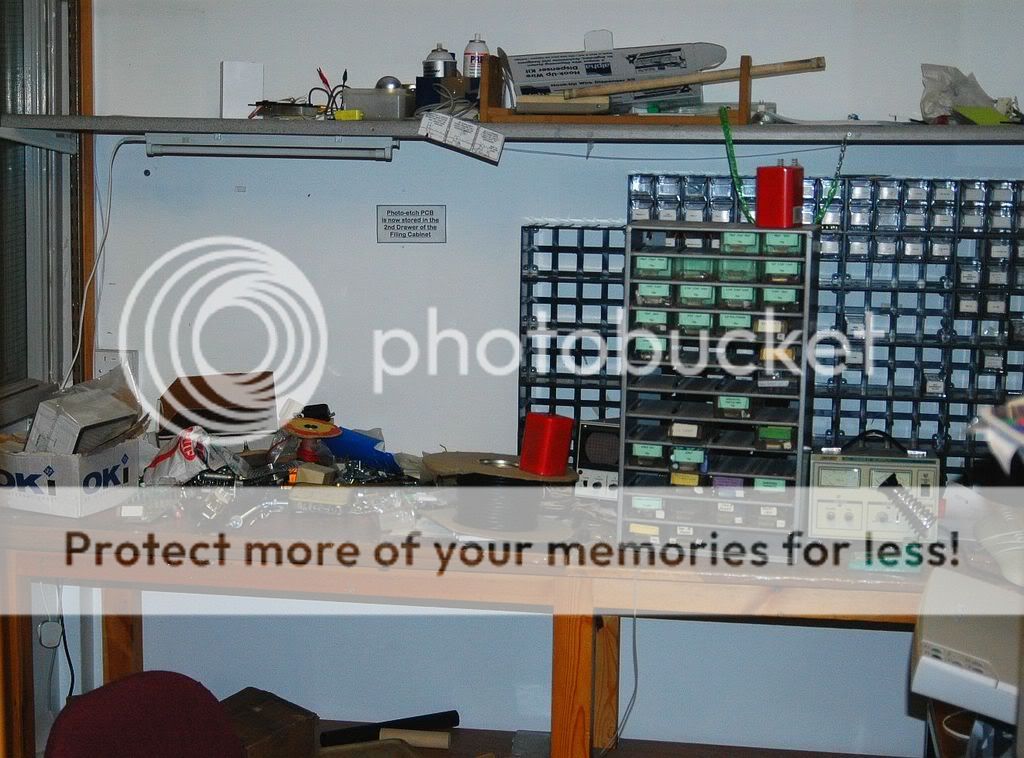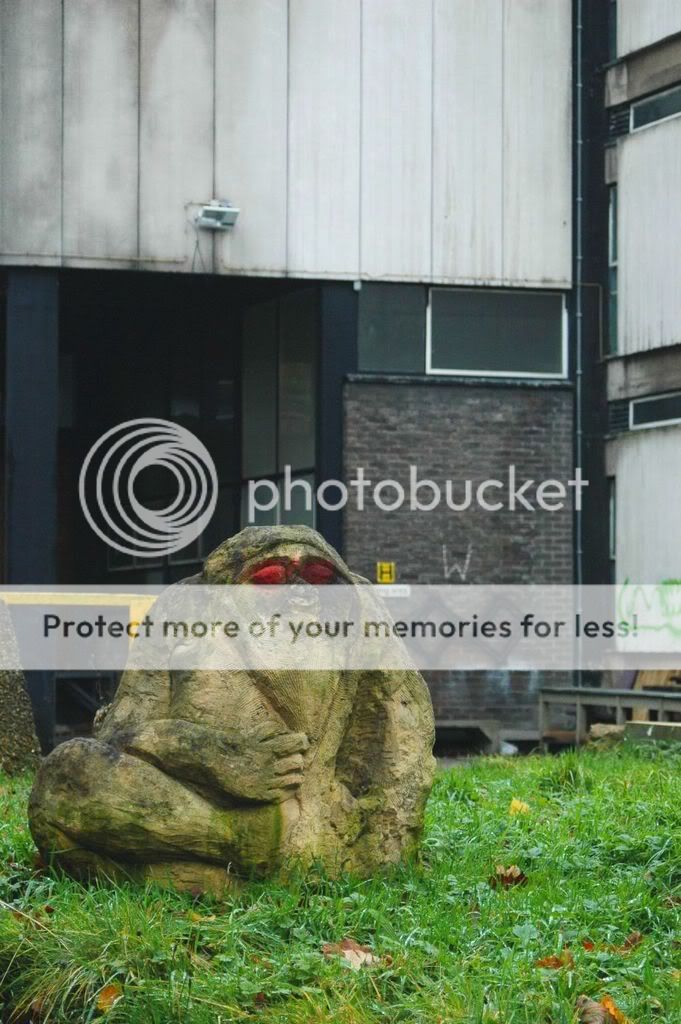Bruce Robinson must have met Egg, because Danny (Withnail & I) IS Egg.
When I was at Newcastle Uni in 1981, my allotted room-mate was an avowedly thatcherite, Daily Mail reading, public school educated son of a Surrey doctor, called Keith. He was everything my nascent, Northern working-class, left-leaning principles dictated that I should hate.
But Keith was a nice bloke. And he had a car, the only car amongst all my uni friends, a blue and grey Mk1 Ford Cortina. So I forgave him all his many faults and, to his great credit, considering his politics and my lifestyle, he forgave me mine. Keith later achieved brief fame as one of Saddam Hussain’s human shields in the first (and best) Gulf War, much to my delighted amusement.
Keith was more than just a comedy Tory Boy with a useful car though. His parents had, some years previously, paid a visit to the Northern Pennines and, on a whim, bought a vacant farm cottage high on a moorland road above Nenthead, in Upper Teesdale. And, as Newcastle was considerably nearer to Nenthead than Surrey, Keith had the keys, under loose instruction that he should pay the occasional visit “to keep an eye on the place”.
In the interests of “keeping an eye on the place”, myself and several of our friends would cajole Keith to drive us in his labouring 1972 Cortina the 40-odd miles to the cottage, as often as we could. Our group of friends included a young Bruce Robinson, who went on to write and direct ‘Withnail and I’ and Keith’s place was, in every respect, the double of ‘Crow Cottage’ in that film.
Some weekends, it would be just Keith and me, as we both liked hill-walking and the fells around there are bleak and wild, more so than any other part of England.
On one particular weekend, we’d set out on just such a hike, on one of those cold November days when the sky is so coldly blue it hurts, and the sunlight is that warm, slanted gold which lends everything, the trees and the dead bracken and the blasted heath, a burnished magnificence.
As we crossed a field, heading for the stony track climbing onto the fellside, a jouncing whine and rumble away to our right heralded the progress of an ancient green land-rover from a gate at the top of the field, which bounced on broken suspension over the molehills, to head us off before we reached the stile in the wall.
A vestige of childhood fear, drawn from a well of narrow escapes from farmers, angry at their precious hay bales being built into golden forts by urban vermin, produced a brief prickle of adrenaline.
“STOP RIGHT THERE!” shouted a red-faced voice, as the driver’s door creaked open on the looped baler wire which connected it to the rest of the vehicle. There was
moss growing along the botom of the windscreen.
An artist’s impression of a Northern hill-farmer stormed towards us, exuding righteous fury from every steaming pore.
“D’yer knor this is private land?!”
“Er, yeah but there’s a footpath across it.”
“Norracross MY bloody land there in’t! There’s NO bloody footpath ‘ere!”
“Yeah there is, look.”
I showed him the red dotted line on the Ordnance Survey map.
“See? The red dotted line means it’s a public right of way.”
“And anyway” I added, expecting reason to prevail, “there’s a stile in the wall
there, and another in the wall back there, so there must be a path between ‘em!”
“There’s NO BLOODY PATH ‘ere, ah don’t care WHAT the bloody map sez! The bloody map’s WRONG! Ah’ve all sorts o’ trouble wi’ fowk like you! Ye c’n clear off an’ walk on t’ road!”
He indicated the lane, up beyond the gate at the top of the field.
“Er, what do you mean ‘
people like us?’” interjected Keith in his well-bred Surrey tones. I half expected him to come out with “See
here my good fellow, do you realise who you’re talking to?”
The farmer jabbed a thick finger, deeply ingrained with lines of darkness, and waggled it between us, then conducted it over the surrounding land:
“Bloody
hippies!”
I sensed Keith bristling at being labelled so, but he played the diplomat:
“Well, we’ll walk on the road if you insist, but you’re wrong you know. I shall write to the local rights of way officer and tell him about this, and I don’t like being labelled a hippy!”
“We’re students.” I added, helpfully.
“Ah don’t care what you are, you’re not walkin’ across ‘ere!” the farmer replied, sullen now rather than angry.
I suspect he realised we weren't hippies, based largely on Keith’s accent and visible indignation at such an appellation, but he wasn’t about to lose face, so he escorted us up the field, herding us along with his creaking green wreck of a land-rover which lurched madly behind us until we exited onto the road and the farmer could slam shut the gate. Or rather, drag shut the rotting assemblage of grey timbers which had once been a gate, and pull a loop of orange nylon string over the gatepost to secure it.
“Off you go lads”
lads now!
“There’s another path a bit down t’ road.”
Another path? I bite my tongue.
“It’ll tek ye to t’ same place, to t’ footbridge ovver t’beck.”
Climbing back into his cab he creaked and rattled away down the road, with a grinding of worn gears and an exhaustless roar. A smell of diesel soot hung in the cold air, as we turned and plodded along the road.
That evening, we decided to forego the local delights of the Miners arms in Nenthead, nothing to do with the possibility of The Farmer being in there of course.
Instead, Keith drove us to the fleshpots of nearby Alston, which trumpeted itself as ‘Englands
highest market town’, though little did I realise how many truths resided in that simple sentence.
We chose a pub called The Blue Bell, which served a decent pint of Marston’s Pedigree, a rare ale in those days. Being a Saturday night, it was busy, and the tables soon filled up, mostly with locals, plus the odd cagoule-wearing hiker.
Around 10, a young bloke entered the pub. He had sandy, shoulder-length frizzy hair, wore an old army camouflage jacket and tattered jeans and was about our age. I only noticed him because he stood out from the conservatively dressed locals. He looked more like me, really, but he didn’t have the air of the student about him.
He bought a pint of lager and peered around the pub. His eyes fell on us and suddenly, he was making his way over. I sensed Keith’s tensing and his inward groan, as the bloke paused “Hiya, is it OK if I sit here?” indicating the single empty stool.
“Nah go on.” I replied, before Keith had chance to invent a temporarily absent sitter.
He sat down and sipped his pint. We got chatting and he said he lived in the village with a few others in a rented house. He seemed affable enough, and I was soon talking to him about music. My tastes in those days were towards 70s heavy rock and cartoon metal bands like Iron Maiden, and he seemed to share much of my enthusiasm. Keith rolled his eyes and pulled out a newspaper.
At 10.20, the landlord called last orders. I examined my meagre reserves and was debating a last pint, when Simon, the young bloke, said “Why don’t you come back to our place? I’m sure you can have a beer or something.”
Keith started to say something about having to get back but I cut in “Yeah OK, why not?” ignoring Keith’s brief glare of incredulity that I was actually going to go along with this…this...
hippy, who was in all likelihood personally responsible for The Farmer's prejudice and paranoid hostility to us that very morning.
I pretended I hadn't read Keith's body language and we drank up and wandered out into a glacially cold night, stars glittering in a black sky, and a huge darkness encircling the tiny light pool of the village.
“Just up here” said Simon, indicating a short cul-de-sac, a few minutes from the pub. Obviously a newish addition to the ancient village, the houses of the cul-de-sac were the type of pebble-dashed semis which wouldn’t look out of place on some sprawling urban council estate, but which definitely looked out of place here.
We followed Simon up a short path alongside an overgrown patch of weeds which may once have been a lawn, and paused by a side door as he wrestled with the doorknob and his key.
As the door swung open, a hot wave of air washed over us, tainted with an oniony cooking smell, a hint of BO, something of the wet dog, a definite dash of patchouli oil and overriding it all, the rank smell of dope smoke.
The door opened into a small, dark hallway with lino on the floor and piles of shoes against the wall. This led through into a living room, where a black dog, with much labrador in it, wagged and slobbered over to us, giving Keith, a dog-lover, something to take his senses away from the personal nightmare of where he was.
Simon motioned us onto an old settee, its springs so worn we may as well have sat on the floor for all the resistance they offered to our weight.
As Keith fussed over the drooling dog, not taking his eyes from it, I looked around the other people present, none of whom seemed particularly concerned, or even aware, that we were there.
“This is Steph” said Simon, indicating a blonde-haired woman in jeans and with bare feet, wearing a black vest, who sat smoking a cigarette, arms around her knees, on the floor with her back to another old sofa opposite us. She was older then Simon and reminded me of Angie Dickinson. She smiled at us and waggled her fingers hello.
“And that through there is Denise…”
“
Denny! Hiya!” waved a sandy haired woman, maybe in her 40s, from a doorway through which I could see bits of a kitchen. “Who are you then?”
“I’m Brian. Hi.”
“Oh, er...Keith!” said Keith.
"Hi Keith! Hi Brian!" shouted Denny, who seemed like maybe she was the only one here who spoke, Steph having not said a word at all, and who merely stared dreamily at us, or at the space we occupied, with a faint smile on her lips.
There was a third occupant of the space, also silent.
On the settee opposite ours, the one against which the saturnine Steph reclined, sat a man.
He was probably a similar age to Denny, 40-ish, with a big mane of dark hair like a collapsed afro. He looked like he’d be tall if he stood up, but was so immobile it was hard to see the join between him and the settee. He looked like he might have grown there.
He wore jeans, unfashionably flared ones I noticed, ragged at the bottom, and his feet were encased in worn leather flip-flops. A faded black teeshirt draped itself over his skinny torso.
He was looking at us, only his dark eyes moving in his face, above a long nose. He reminded me of an unwashed and heavily tranquillised Bob Dylan. Dark stubble covered his chin and his mouth was neither smiling nor unsmiling as his eyes flicked from me to Keith and back again.
He was as silent as Steph, and even less active. Here, surely, was The Farmer’s true
bête noir, and probably poor Keith's too.
Keith was focussed determinedly on the dog, known as ‘Dog’ according to Simon, who by now was flopped on the other settee behind Steph. He saw me looking at the older guy and, as if he’d just remembered something, blurted:
“Oh, and this is Egg, Egbert…”
“
Egg.” came a voice from the man, who barely moved his lips.
“Yeah, Egg. It’s his house, sort of. Egg? Brian and er..Keith.”
“Yeah. I know.” His accent was somewhere in North London.
He suddenly came to life, as if he’d been waiting for the formal introduction. His voice didn’t waste energy, barely rising above a monotone.
“So, Brian and Keef, wotcha doin’ round ‘ere then? You ain’t locals are ya?”
“Er
no! We’re just passing through really!” said Keith, before I could let on he had the keys to a deserted cottage.
“Oh, I see.” Egg pondered on this, staring at something above our heads.
“What about you?” I ventured. “You don’t sound local either.”
“No.” murmured Egg.
Producing a plastic ice cream tub from the floor by his feet, he opened it, and extracted rizlas, tobacco and a thumb-sized lump of dope, reddish, Moroccan maybe, or Lebanese. He paused, and looked at us eyebrows rising a micron or two, like a waiter politely offering more claret:
“D’you turn on?”
“Er, ooh, er, no,
no, thank you very much!” spluttered Keith, as I enthused “
Yeah!” simultaneously.
Unperturbed by Keith’s evident discomfort and growing air of bug-eyed horror, Egg proceeded to cement rizlas together dexterously as he spoke, now concentrating his address largely in my direction.
“So you bin havin’ fun then, round ‘ere?”
I told him about our walk and the encounter with The Farmer. He smiled, and in the same half-tone murmur, said:
“That’s because you’re hippies. Some of the locals, they don’t like hippies.”
“Er well, I don’t know about
that!” spluttered Keith, unable to contain himself at being called a hippy twice in one day.
“No man, look at your friend…Brian? Brian, yeah. Look at ‘im. Long ‘air. Patched up jeans, scruffy lookin’. You’re a hippy. Q.E.D.”
Point proven, he proceeded to heat the dope and load the enormous joint, without once looking down at what he was doing. His eyes flickered downwards from my face:
“Wot’s that on your teeshirt?”
I opened my jacket to reveal the Motorhead logo on my teeshirt. He smiled again, revealing yellowing teeth this time.
“Aw yeah, Lemmy’s band.”
He licked the spliff seam, rolling it tightly. He looked at it for the first time. It looked like a parsnip.
“You know ‘em?” I inquired. Egg laughed again.
“I know Lemmy.”
“Egg used to roadie for Hawkwind!” Denise exclaimed enthusiastically from the kitchen, where she was cooking something. I’d forgotten she was there.
“Wow, I like Hawkwind too!” I said.
“Yeah...they’re good lads...” Egg murmured, as he vanished in clouds of smoke. “...still see...Dave Brock sometimes…comes up 'ere…”
“So did you know the Pink Fairies as well?” I asked, naming Hawkwind’s Ladbroke Grove contemporaries whom I was now getting into, ten years too late.
“
Fack off! I roadied for them an’ all! Larry Wallis was like…” he tailed off as if he’d fogotten he was speaking, and passed the joint to silent Steph, who now spoke:
“Guests first Egg.” and offered the smouldering parsnip to Keith, who forced a laugh and declined:
“Ooh er
no, thankyou.” then looked worried as I took it instead.
Steph smiled at me and I saw she was actually quite lovely.
I didn’t smoke cigarettes, and my dope-smoking was mostly confined to occasional parties and two-skin roll-ups, not titanic constructions like the bonfire I now held between my fingers. But this was like being invited to the inner circle. This guy roadied for Hawkwind. He knew
Lemmy! It would be rude not to.
I wiped my lips dry, and took a drag, sucking the smoke down. Was that the tobacco rush? Yeah. Must be. Cold skin clamminess and then I was letting it out and my hands and feet were both warm and numb at the same time, and I was hot and blushing and handing the spliff back to Egg and
jesus how much had he put in that thing!
As I sank back into the sofa, Simon was sucking on the joint, Egg was back in silent mode, and Steph was looking even more beautiful. Keith was still there, but he’d sort of disappeared.
The cooking smells from the kitchen suddenly became overpowering.
I felt responsible for the silence.
“So...do you go out on the hills?” I asked, wondering why I was even asking it.
“For the mushrooms.” murmured Steph, almost inaudibly. Her voice sussurated in my ears like a breeze through long grass.
Simon grinned: “Ooh yeah, great mushroom country this!”
“Would you like some?” asked Egg, like someone’s mum asking if I wanted a piece of cake.
“Yeah, I
love mushrooms.” I replied, in a voice which sounded like it came from someone else.
“
Denise, could you fetch some mushrooms in!” Egg’s voice rose to a normal conversational level.
Nonetheless, Denise reappeared, bearing a biscuit tin. Fox’s Chocolate Assortment. She handed it to Egg, winked at me and then vanished back into the kitchen.
Egg took off the lid and held out the open tin: “See?”
I saw. It was full, and I mean
full, of dried mushrooms, packed tightly. Thousands of stringy brown stems and withered, pointy caps.
“Er,
Brian, I think we’d better be going soon!” said Keith, alarmed at the prospect of me now taking magic mushrooms with
these people. I'd forgotten Keith was even there.
“Naw, you can stay here if you like!” said Simon.
“Yeah, s’ok.” said Egg, nodding slightly. Steph looked up at me and smiled slightly.
“Well,
you can stay, but
I have to get back!”
Keith put his big sensible conservative foot down, right in the middle of my intentions to say yes.
Why did he have to put his bad vibe on it all?
I’d have to go. If I didn’t go with him, I might stay here forever. Or at least have a problem getting back to Newcastle.
“’Ere look, take some wiv yer.” said Egg, and peered around at the side of the settee until he produced a plastic bag, which had contained bread at some point. He shook it out, then took a handful of the mushrooms and dropped them in the bag. There must have been hundreds.
All of a sudden, the monster joint, now very much shortened, was in front of me again. I took it and had a last big draw on it. Then another for good measure, before handing it back.
I stood up, because Keith was now standing, obviously determined to escape.
I couldn’t feel my limbs. I could make them work, but I couldn’t feel them. My legs felt impossibly long and my knees seemed to hinge both ways.
“
Bye!” shouted Denise from the kitchen. I wanted some of whatever she was cooking, but Keith was having no more of this. We were leaving.
“See ya.” grinned Simon from the sofa.
“Bye. Come again.” said the lovely Steph, clasping my hand with both hers without getting up. I wondered if she’d had some of the mushrooms, or if she was always so dreamy. I didn't care. I loved her.
“Yeah, if you’re round ‘ere ever again, drop in, man.” murmured Egg. He didn’t get up either.
We left.
The cold air seemed like another world.
What time was it?
I rode along in my duck-walking body, following Keith along the path. I must have been going very slowly, but I just wanted to sit and look at the stars. I drifted to a halt.
“
Look, you wait here, for god’s sake, and I’ll go and fetch the car!” said Keith, now back in the real world and in control. I wasn’t going to argue. I sat on what was probably a wall.
It was only ten minutes but it seemed like eternity, as my brain floated amongst the stars and the blackness glittered with promise.
As I climbed into the musty Cortina, I realised I’d left the mushrooms behind.
Ah well.




